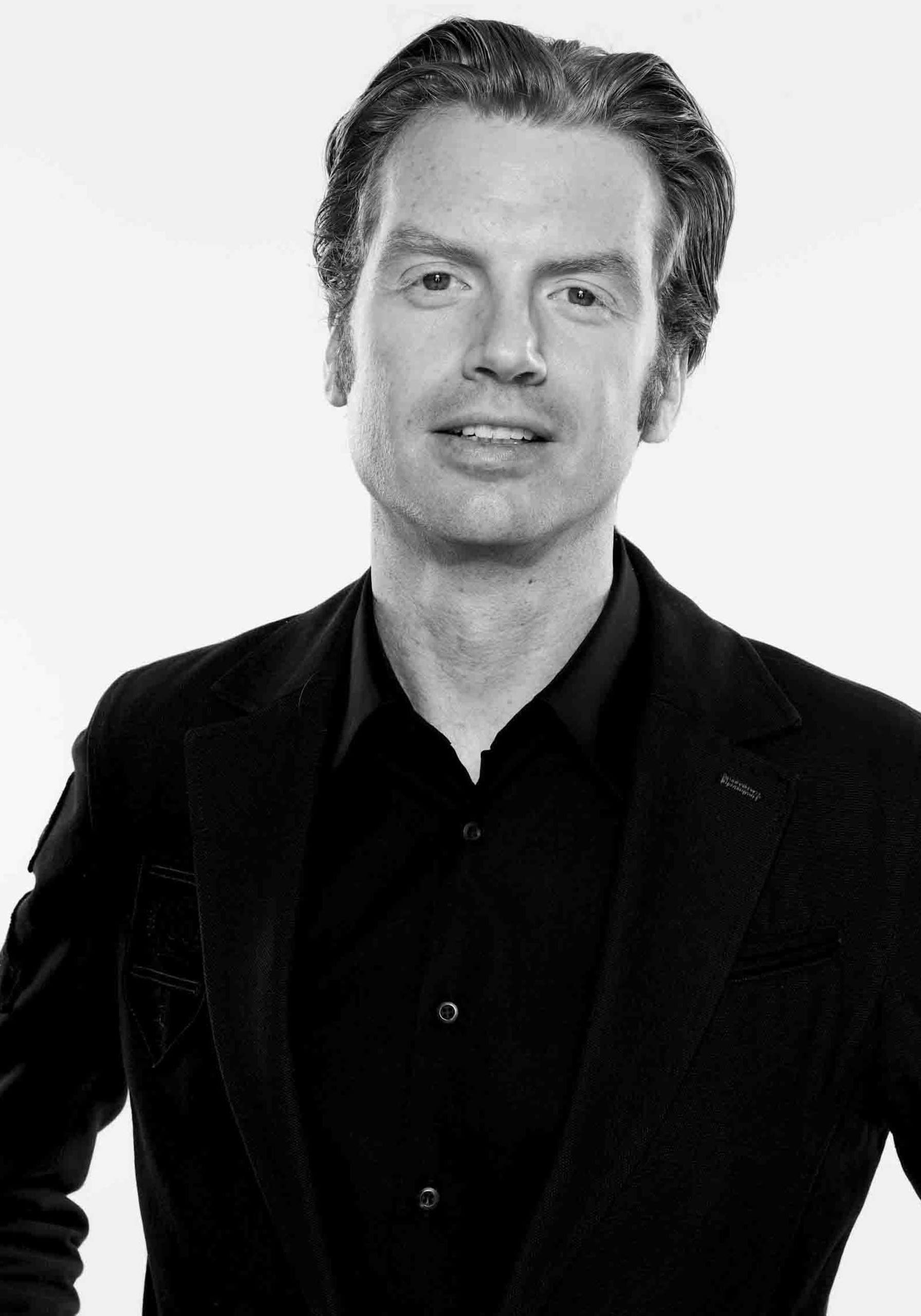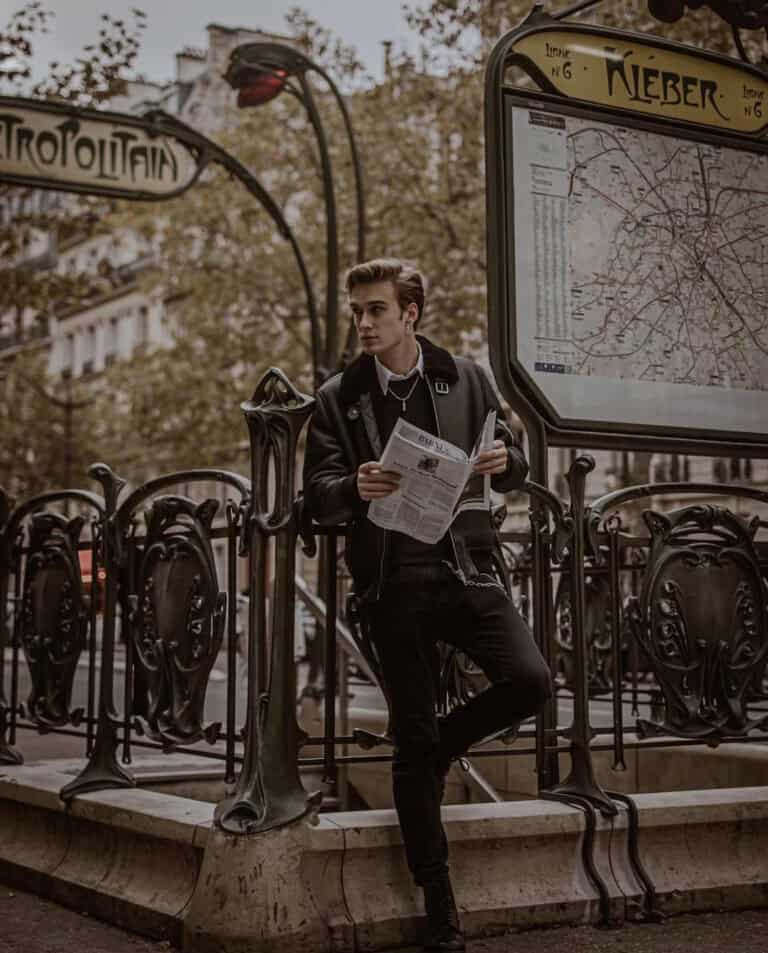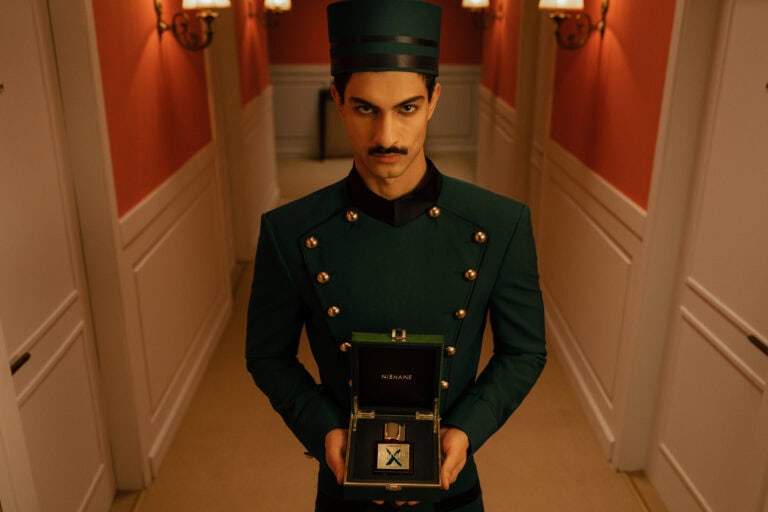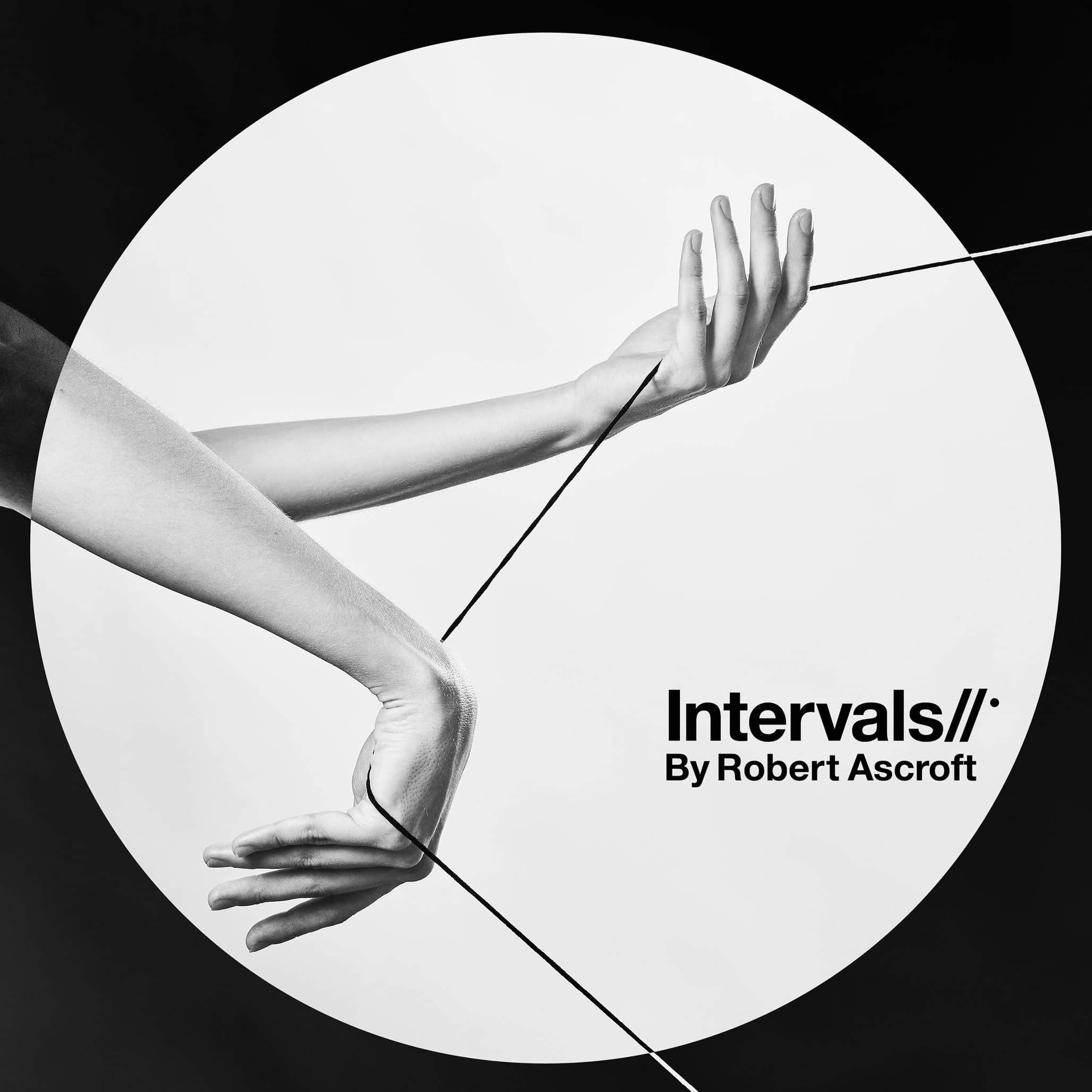
INTERVALS & INTERVIEW WITH ROBERT ASCROFT
Brendan Cannon
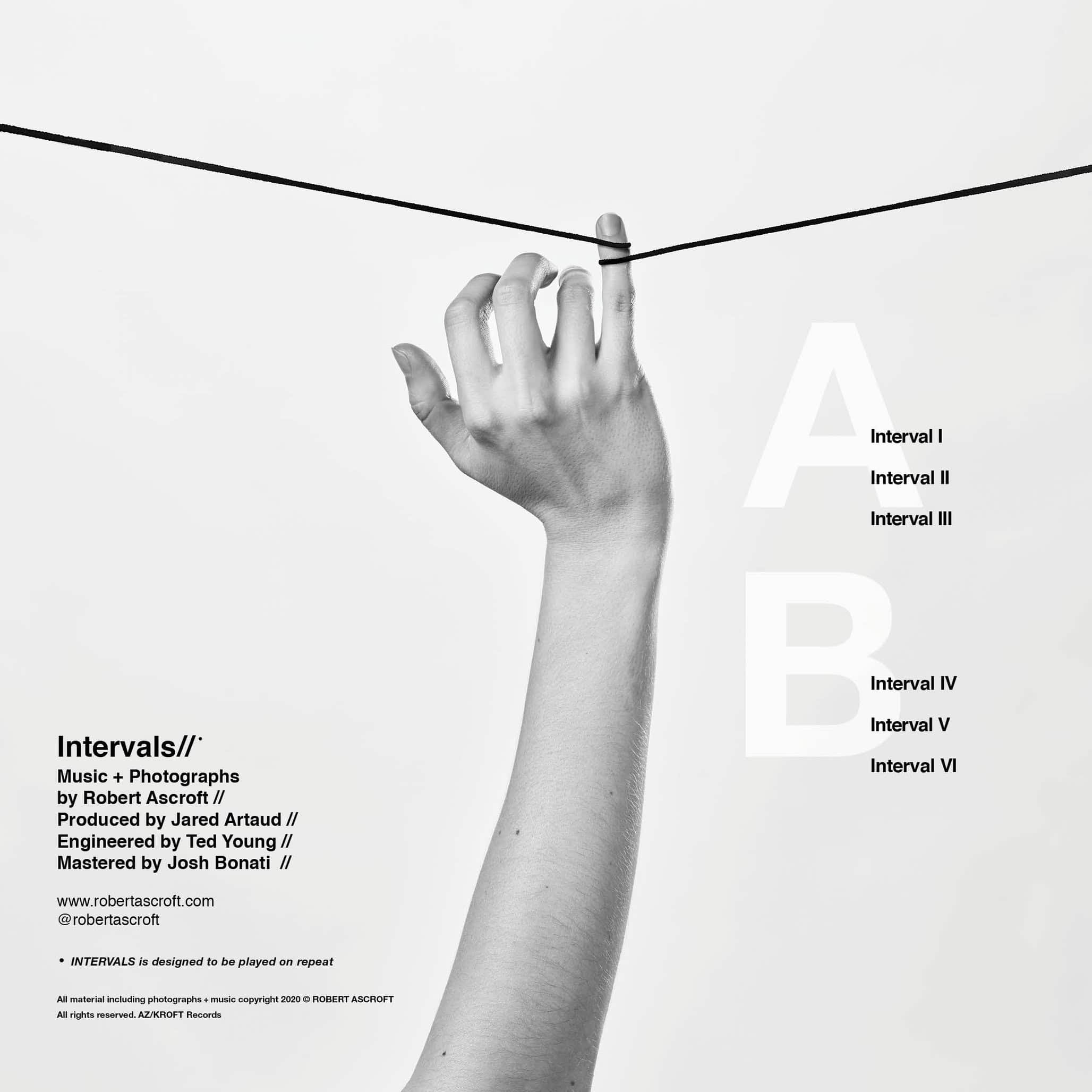
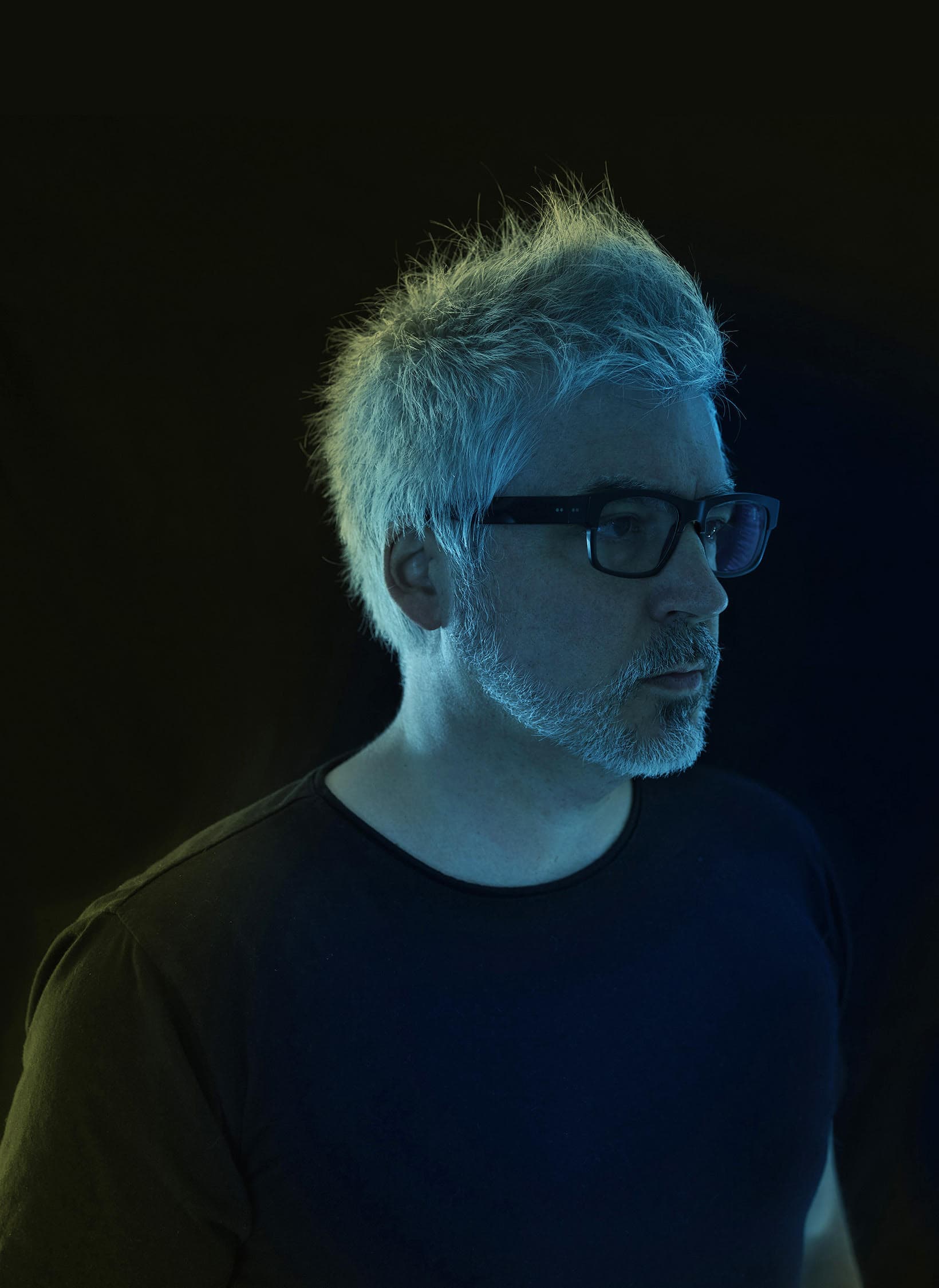
Robert Ascroft is a Photographer, Director, and now Musician living between New York and Los Angeles. He photographed the MILK series featuring Angela Sarafyan that was published in IRK Magazine‘s issue Skin Deep.
IRK: We are in love with your new Multimedia Project INTERVALS, which is a recording of music and a series of photographs to accompany them and is now on available to stream on Spotify.
Please tell us about this process and how you made this dream come to reality? How long was this process?
Robert Ascroft: It is well documented that I am inspired by music for its emotional properties to help set a mood for my visual work. I find that working in different creative medium helps inform the work I do as a Photographer. Photography and Directing are my concentration and music is an extension of those disciplines with a similar approach. I try to take the viewer/listener on a cinematic journey. That is why I describe INTERVALS as Cinematic Sonic Architecture.
There are six INTERVALS on this record. INTERVAL, Pt. VI is the last track and was actually the first track I wrote. It has been in various stages of development for the last 4 years. Along with this track, I had about 18 demos I was working on. Due to my increasingly busy schedule as a photographer, I did not have time to focus on it to make a complete set of recordings. On March 13th, 2020, I was in the recording studio working on a separate Film score record I am working on and it was the last day before the lockdown due to the Covid-19 pandemic. With my work as a Photographer & Director immediately put on hold or cancelled, I found myself with the time to complete Intervals.
Jared Artaud, who is ½ of the famed indie duo THE VACANT LOTS, and I collaborated remotely on this project. Me, as the sole musical artist, and Jared, as the Producer. He was instrumental in helping me complete this project. I had a lot of material to work with and he helped me curate the collection to the cohesive six Intervals that make up the album. We have a different approach when it comes to making music… I tend to labor over things and he is very fast and goes with his instincts. I have to say that having a trusted collaborator who knows and understands my vision was paramount to making the music work. He added and subtracted some things while tightened it all into a nice collection. It is similar to how an art gallery would curate the work of an artist for their space. As an artist I have created the work and then it was his turn to give the final presentation of the work. I have always found that collaboration in my work has yielded some of the best results.
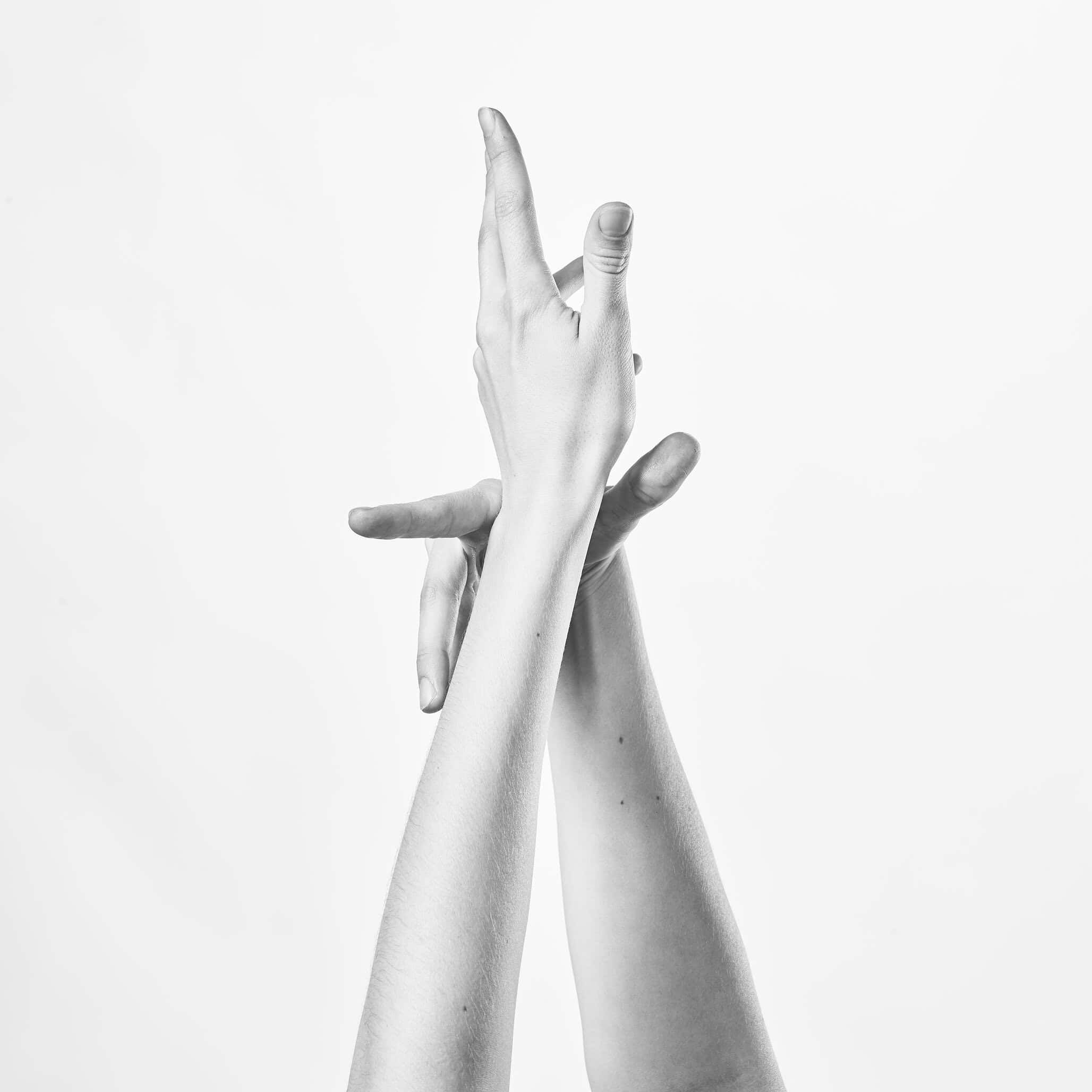
For the photoshoot, which is the cover of the record and the book the goes along with it, I cast 2 models and spent a day shooting every variable we could imagine. I shot over 2000 images, so this was the hardest edit of my 25 year career.
The inspiration for the HANDS came as I was listening to the music blindfolded during the mixing process. Simple slight hand gestures moving almost as if a conductor were leading an orchestra were what I kept seeing in my mind. From there, I also was thinking how to tie all these things together and the use of string as a simple linear point added a nice contrast. Of the 2000 or more images I made that day, the cover stood out from the moment I shot it as clearly the best representation of the music. The design of the cover came from playing with negative space and the use of a circle which works well visually on the Vinyl pressing that we are about to do for this record. I will make a short print run and sign and number each one as collectors items once its ready.
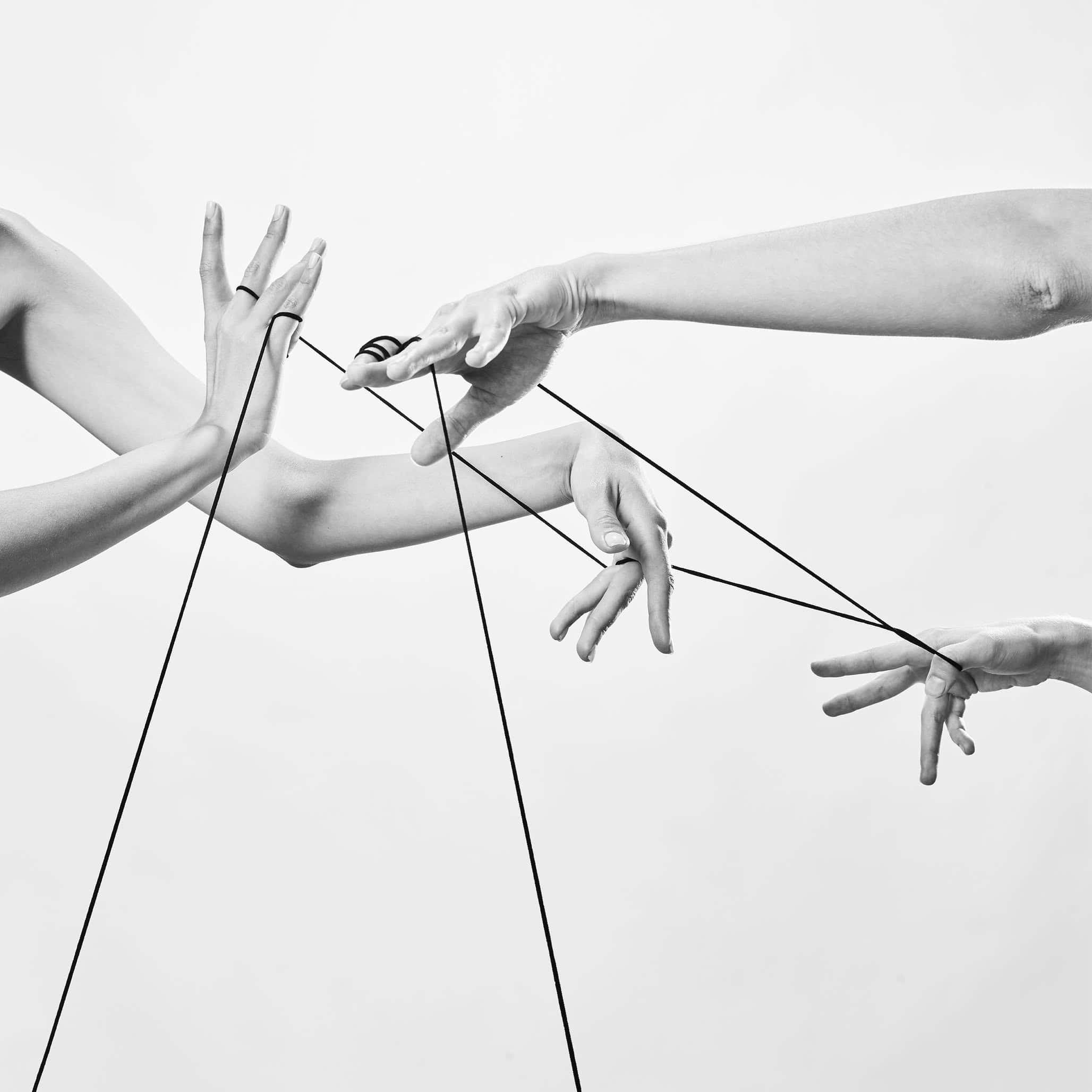
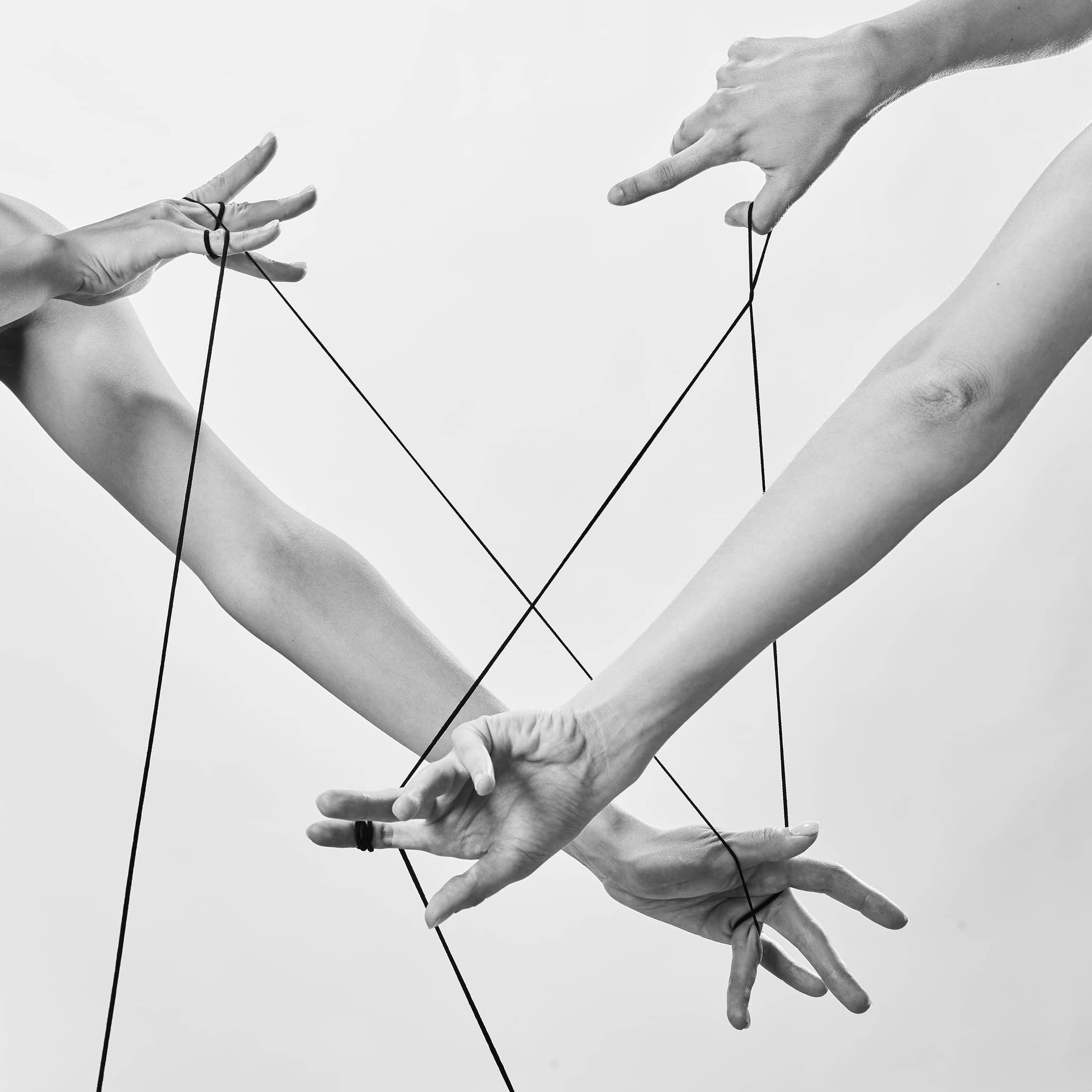
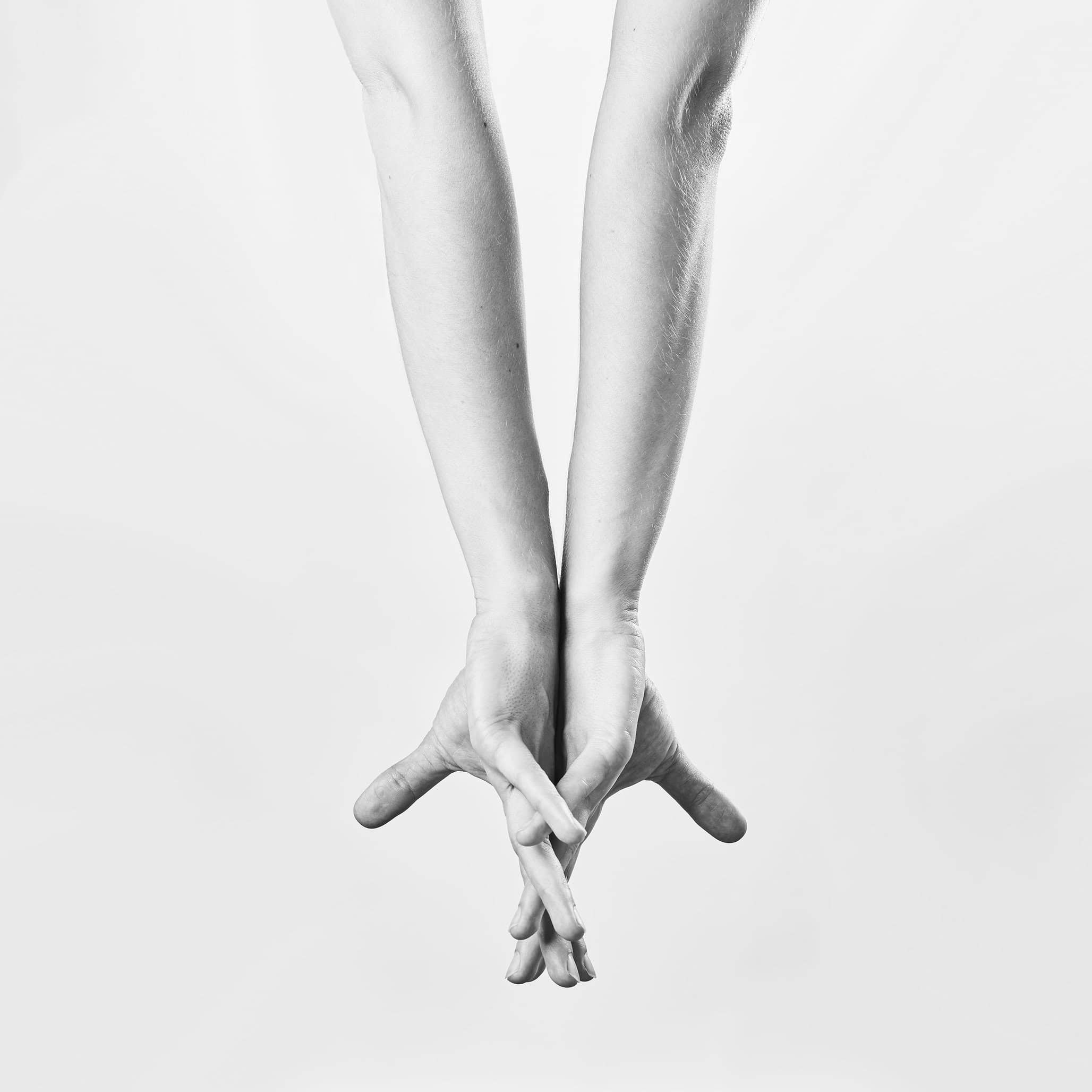
IRK: What is your vision for ITERVALS?
Robert Ascroft: INTERVALS IS INTENDED TO BE PLAYED ON REPEAT. This is an important part of the project as it is shorter than most recordings of Ambient music intentionally. The goal was for these to be listened to as a whole and many people do not have the time to dedicate an hour or more to listening, so this comes in right about 31 minutes.
These troubled times we live in need moments of release or escape. INTERVALS is a recording of Ambient music made for people to slow down and take in a moment of calm. It is intended to meditative, but at the same time I did not want to create spa music. I wanted it have an artistic musical sensibility that is close to avante garde music, but more accessible. My vision was for artists to create their work to while listening to this recording. I want lovers to spend days getting lost in each others arms with INTERVALS as a soundtrack. I also wanted people to meditate as I often did during the creation of the music. I would often blindfold my eyes so I was only listening to playback. In a way it was like sensory deprivation, which is a way to heighten the senses that are active.
Having created the final work in isolation gave it a sense of hopefulness. My sincere aspiration for this project is for it to enrich people’s lives and offer respite in their day. Also, to be a soundtrack to their lives. This music can be listened to with intention or as a background to daily events.
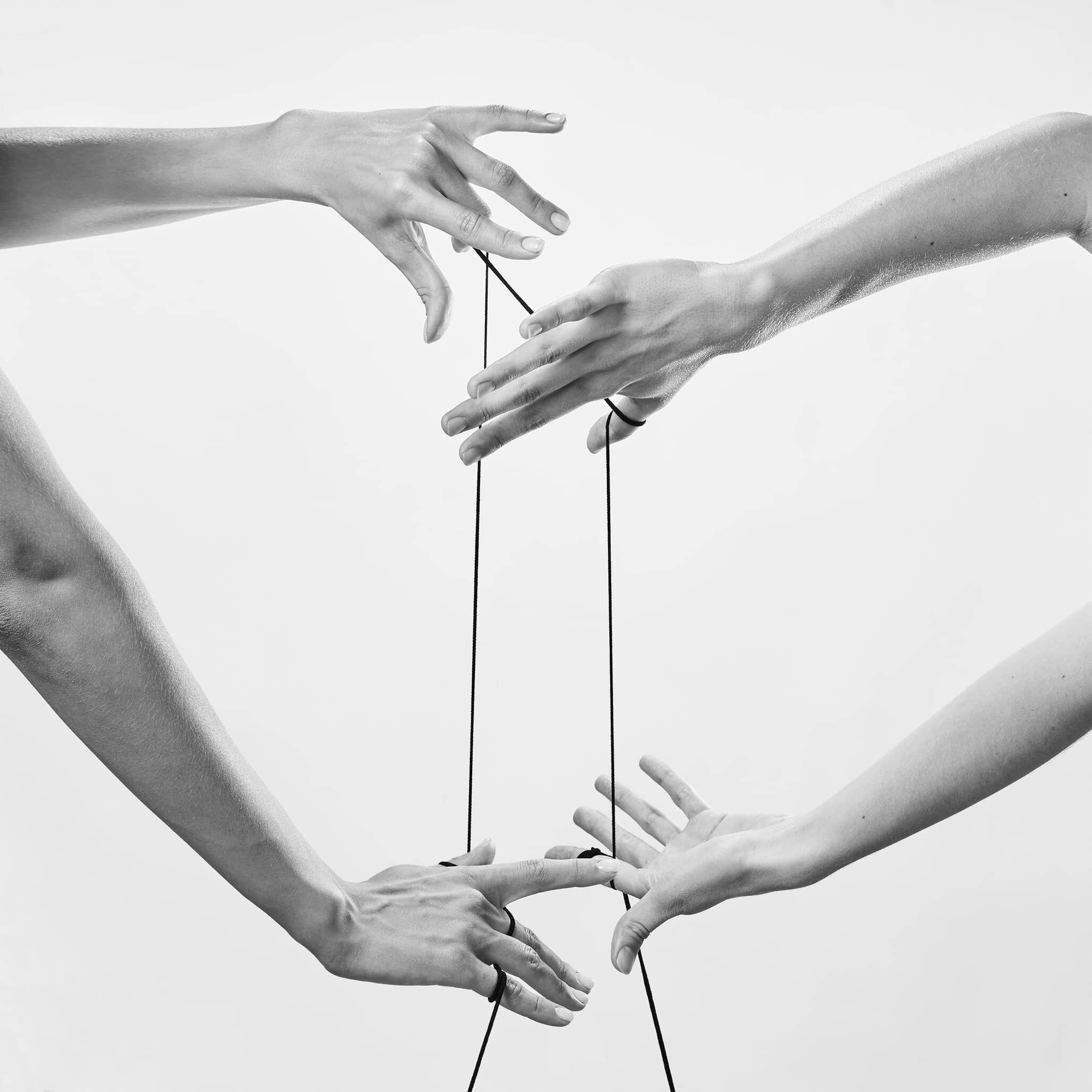
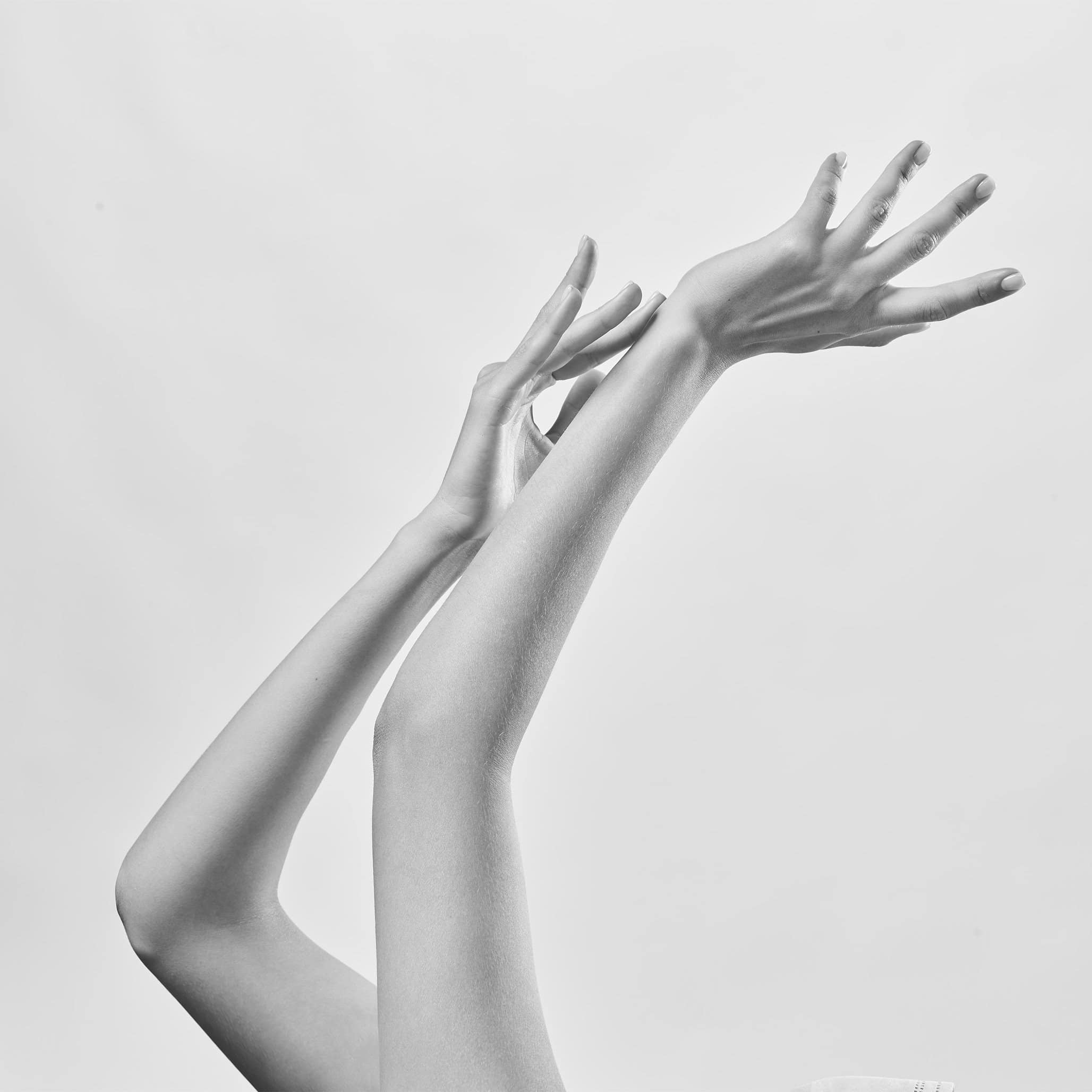
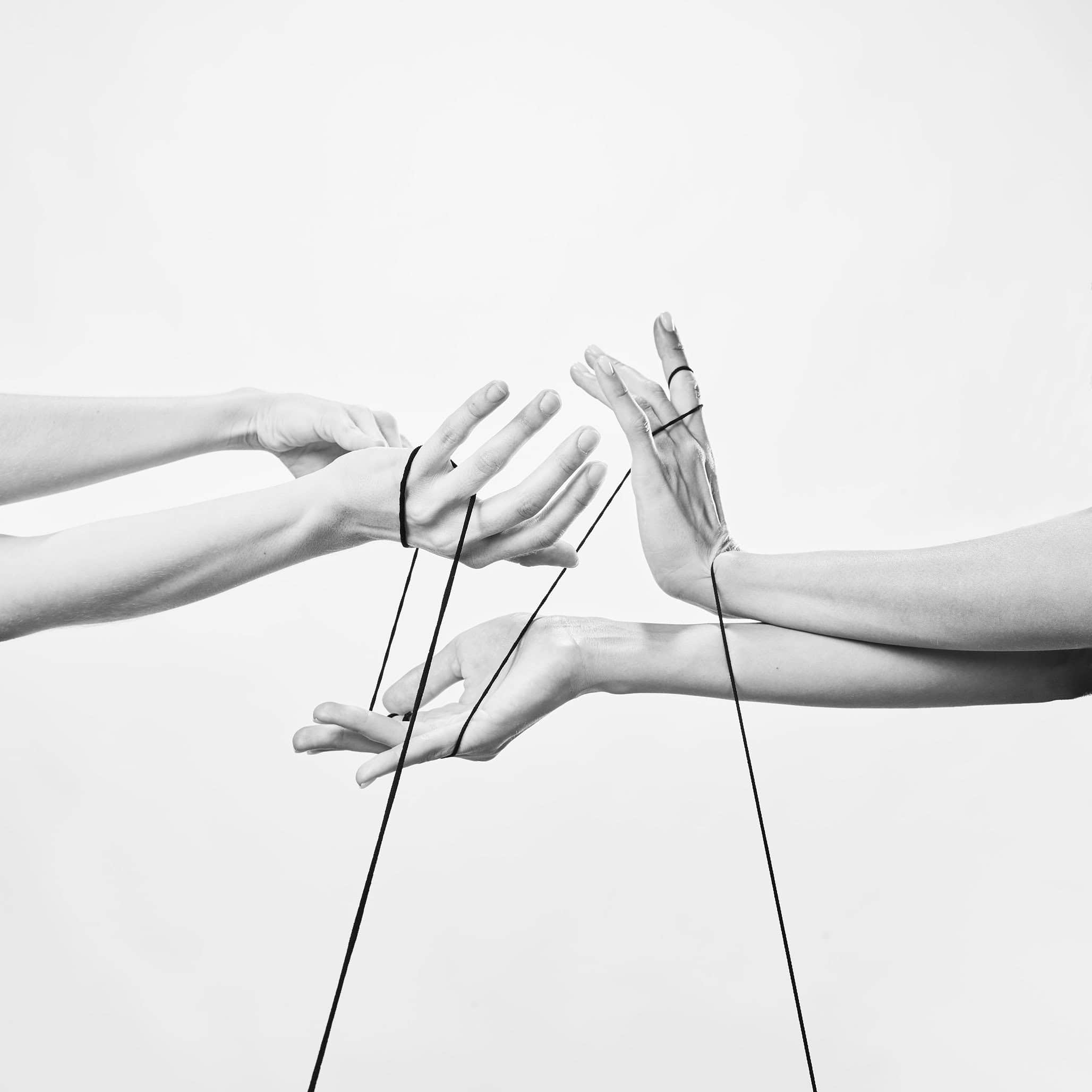
IRK: How different is Music as a medium as opposed to Photography?
Robert Ascroft: I approach both Photography and Music from a similar viewpoint. As a photographer, I strive for cinematic narrative in the series of images I create. When composing music, I work in a similar fashion while finding a theme and building upon it. There are similarities as well when I edit video. You take out the parts that are unnecessary with the goal of creating a reaction from the viewer or the listener. Most of the short films and commercials I have done include my own original musical score. Part of my vision is from the music and partly from the visual, so they all stem form the same set of ideas.
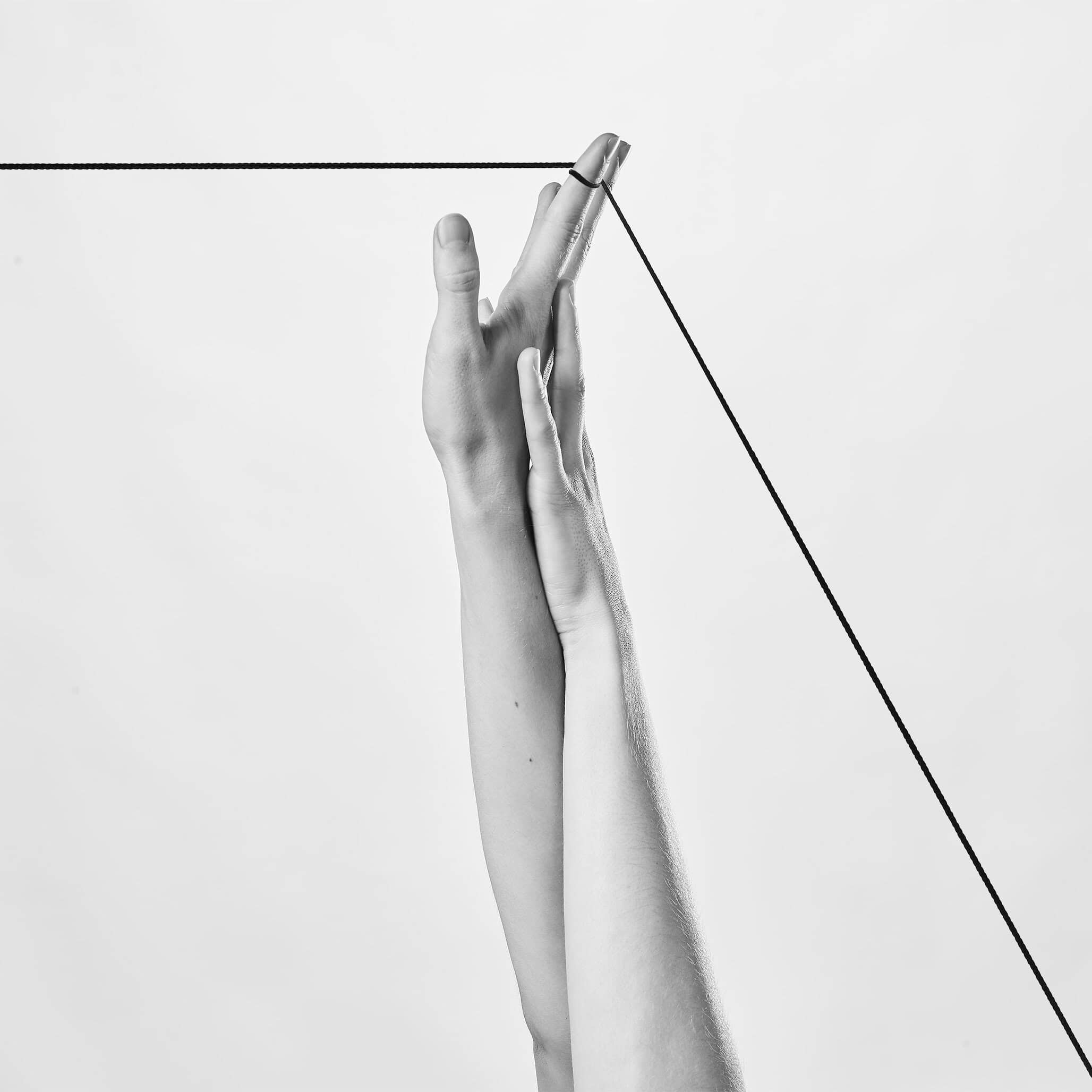
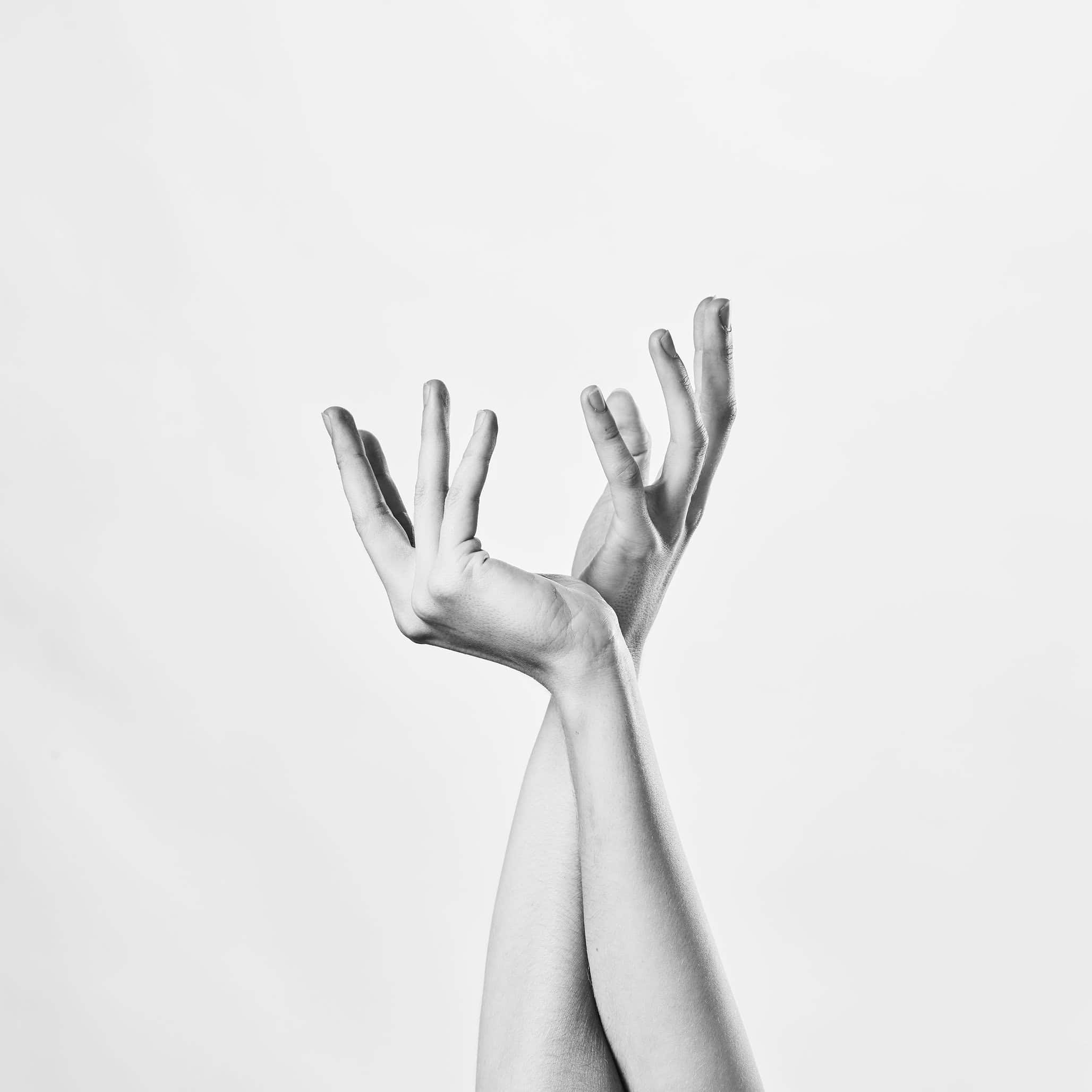
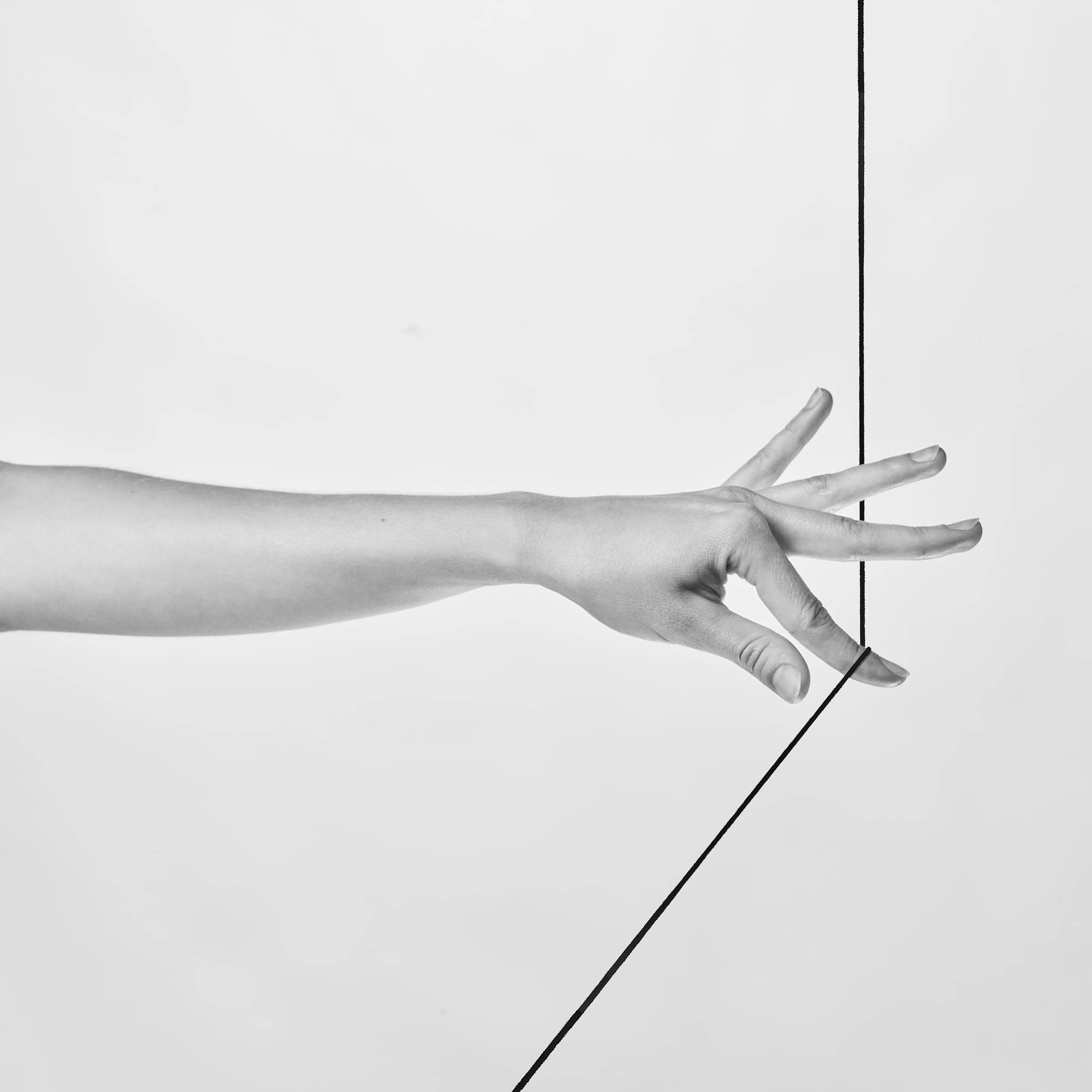
IRK: When did you start creating music?
Robert Ascroft: I have been making music since I was a young boy. My mother taught me to play guitar at age 8. I didn’t have much patience for it at first, but by the time I reached high school I was practicing on average 6 hours a day. It was this exposure to music that brought me into photography. My friends that were in bands needed pictures, so I brought out my camera and did a few shots for them. I was primarily known as a music photographer for the first part of my career mainly because of that.
Around 2009, I began working on some original scores for films I was shooting for the New York Times. I worked with a friend who had a home recording studio and he would help flesh out my ideas. Since then, I have built a studio of my own for recording. The studio is also a retouching and video editing workstation for when we are in production on shoots.
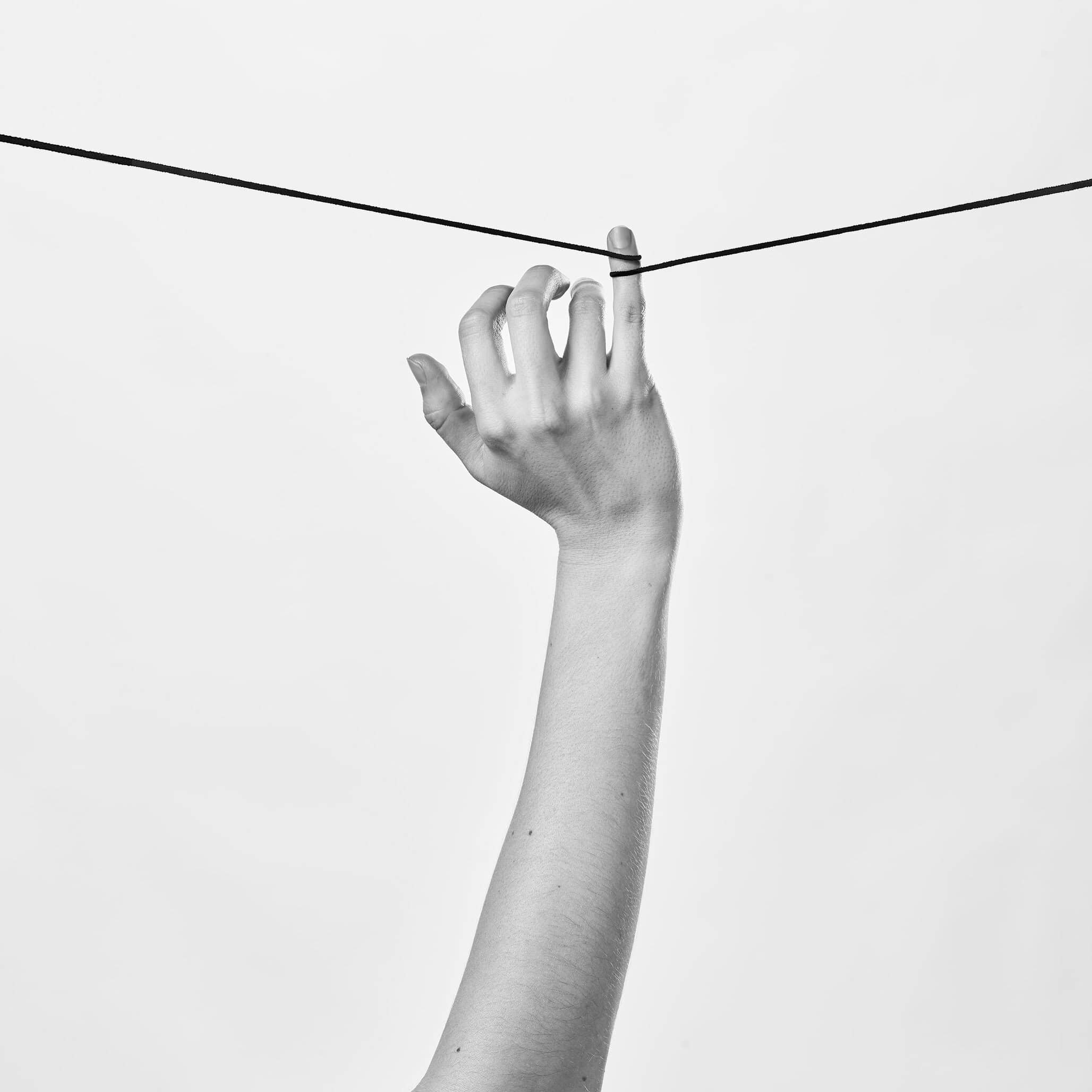
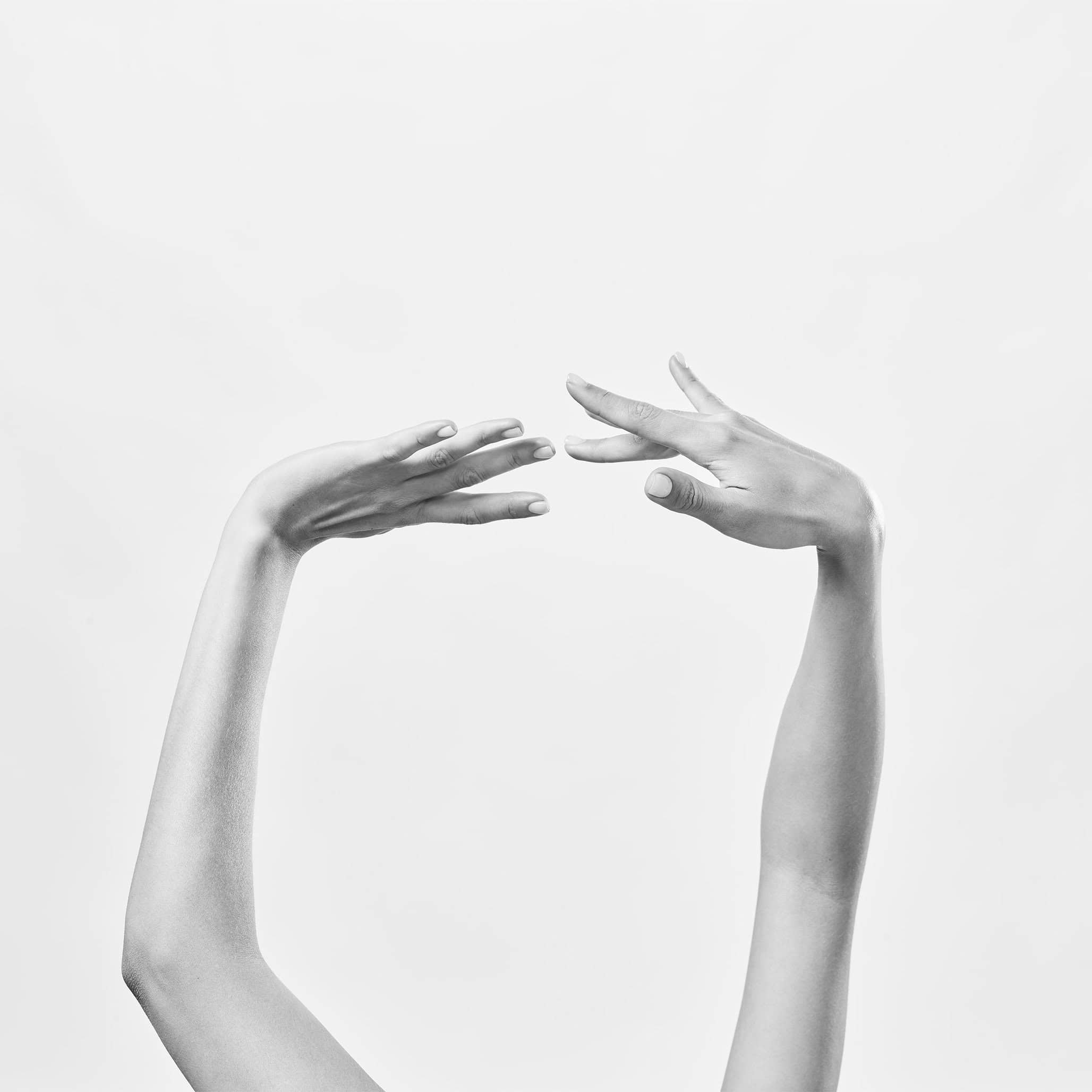
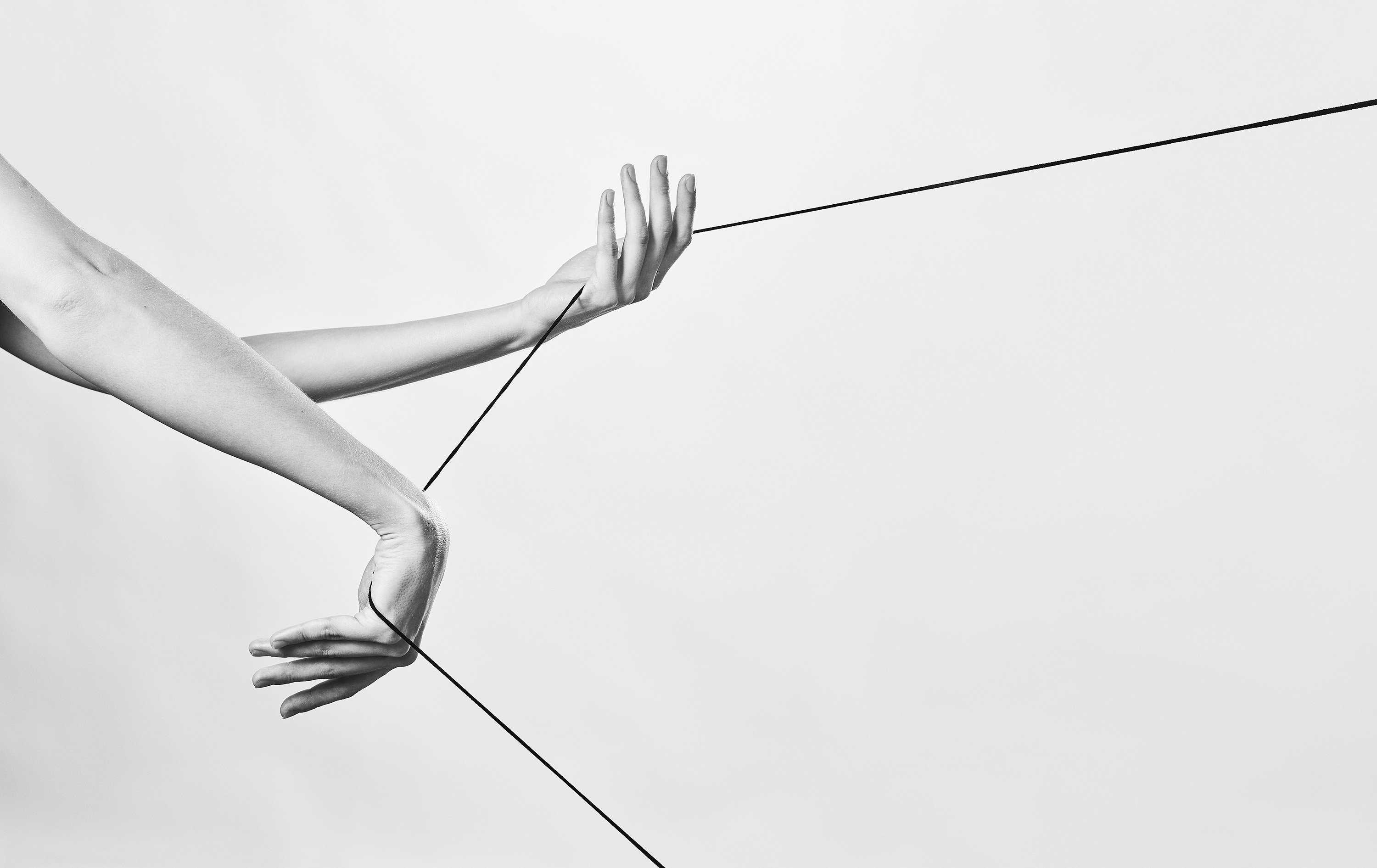
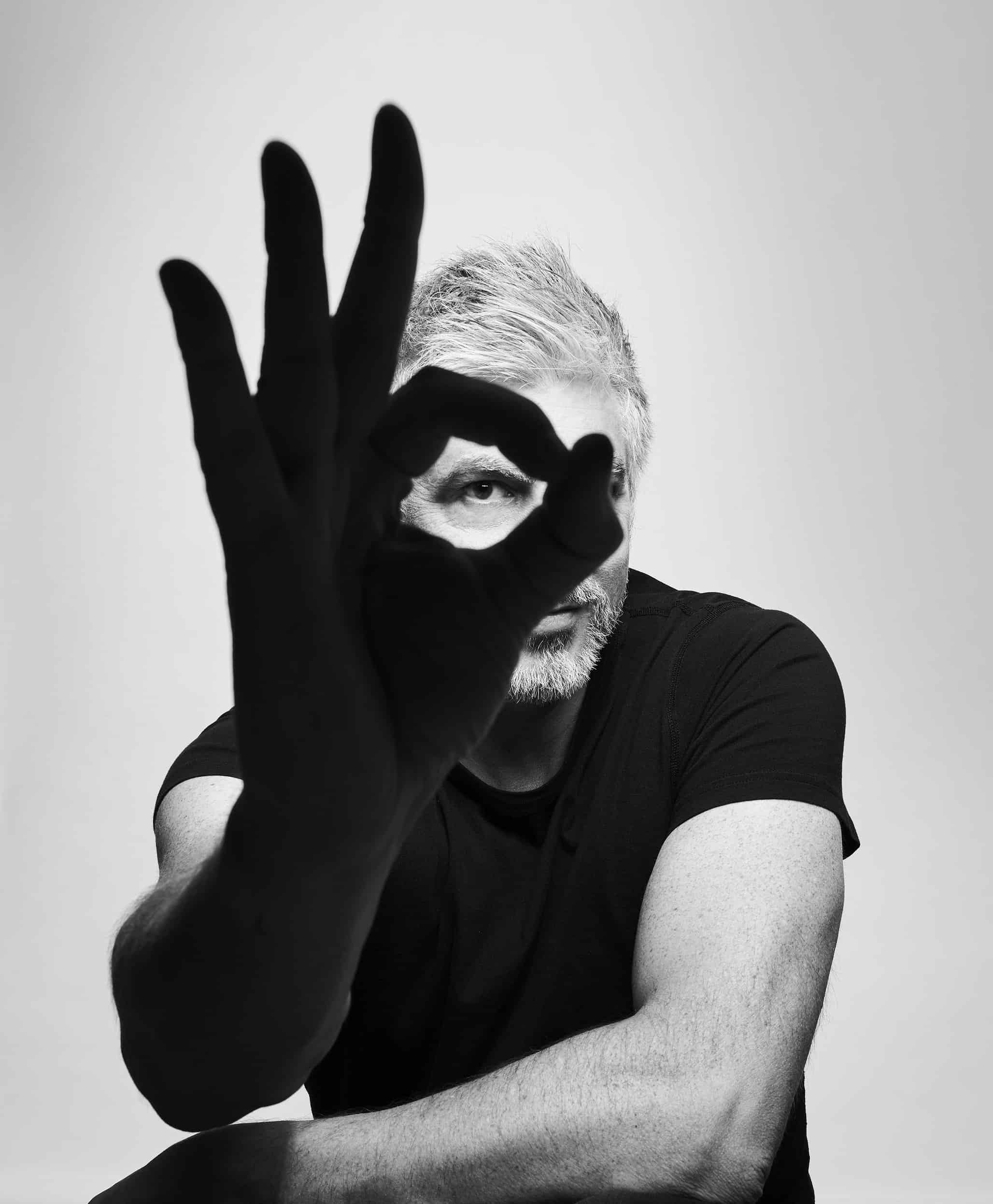
IRK: We LOVE your new series SILK SCULPTURES. These images of models with draping fabric are so inspiring and intriguing, what is the story behind these images?
Robert Ascroft: The series SILK SCULPTURES is an idea I have had for many years and did not have time for as well until the pandemic. Stylists were not available to be on set nor were hair and makeup artists. This project was perfect for that moment as it was only a model covered in silk and my assistants with masks on set.
My vision was for the photograph to look like molten metal that had been frozen in time. Similar to a sculpture made of metal. I worked in color and reduced the set to only black and white. It was important to me that it be a color photograph, as I believe it adds warmth to the starkness of it. I had been experimenting with movement of fabric using wind machines for most of my career, so I was familiar with how to execute the vision. Sourcing the right fabric and model for the shoot were important to help make this project. The lightness of the fabric allowed it to blow and be easily manipulated, giving it that ripple similar to water.
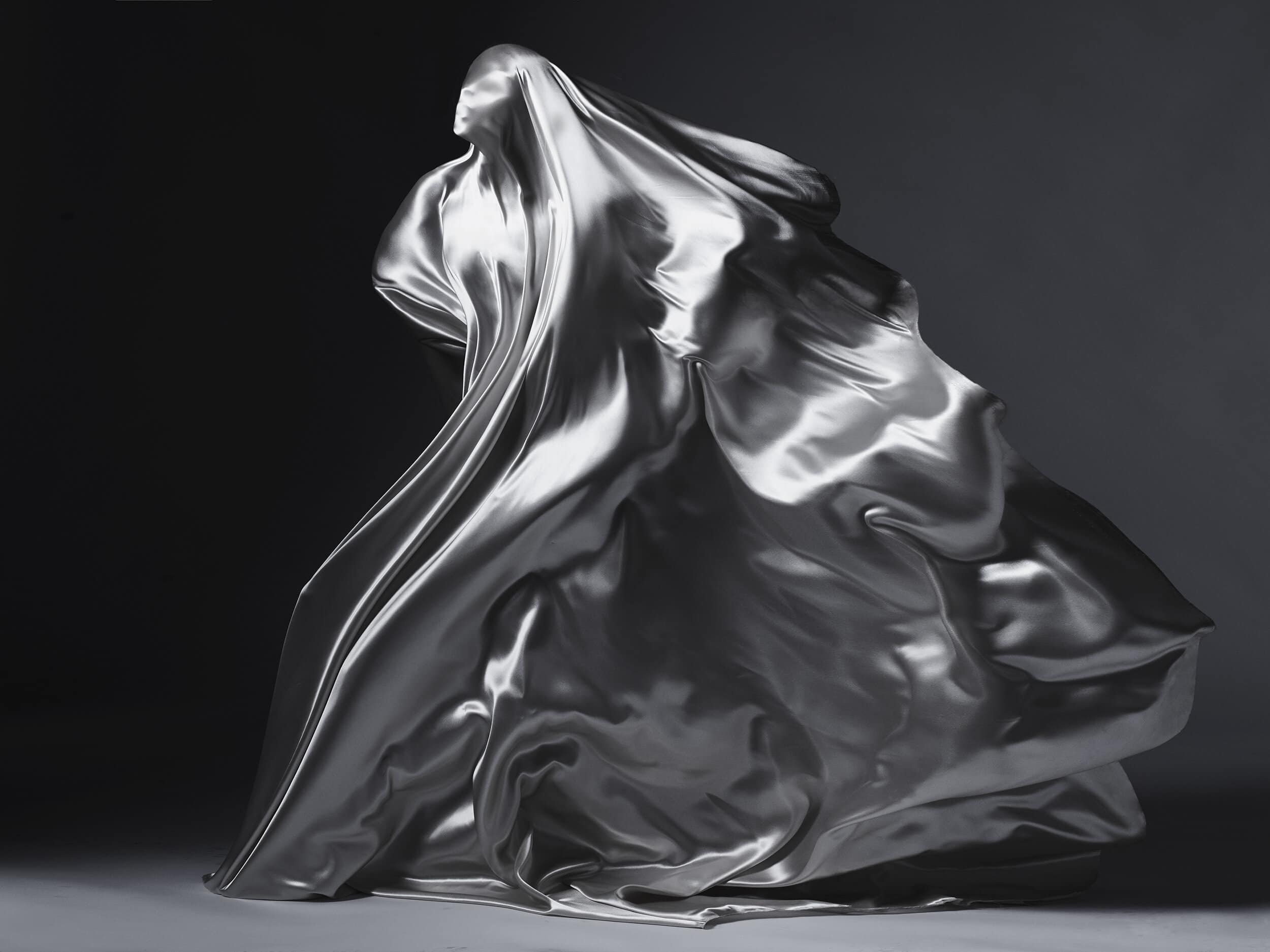
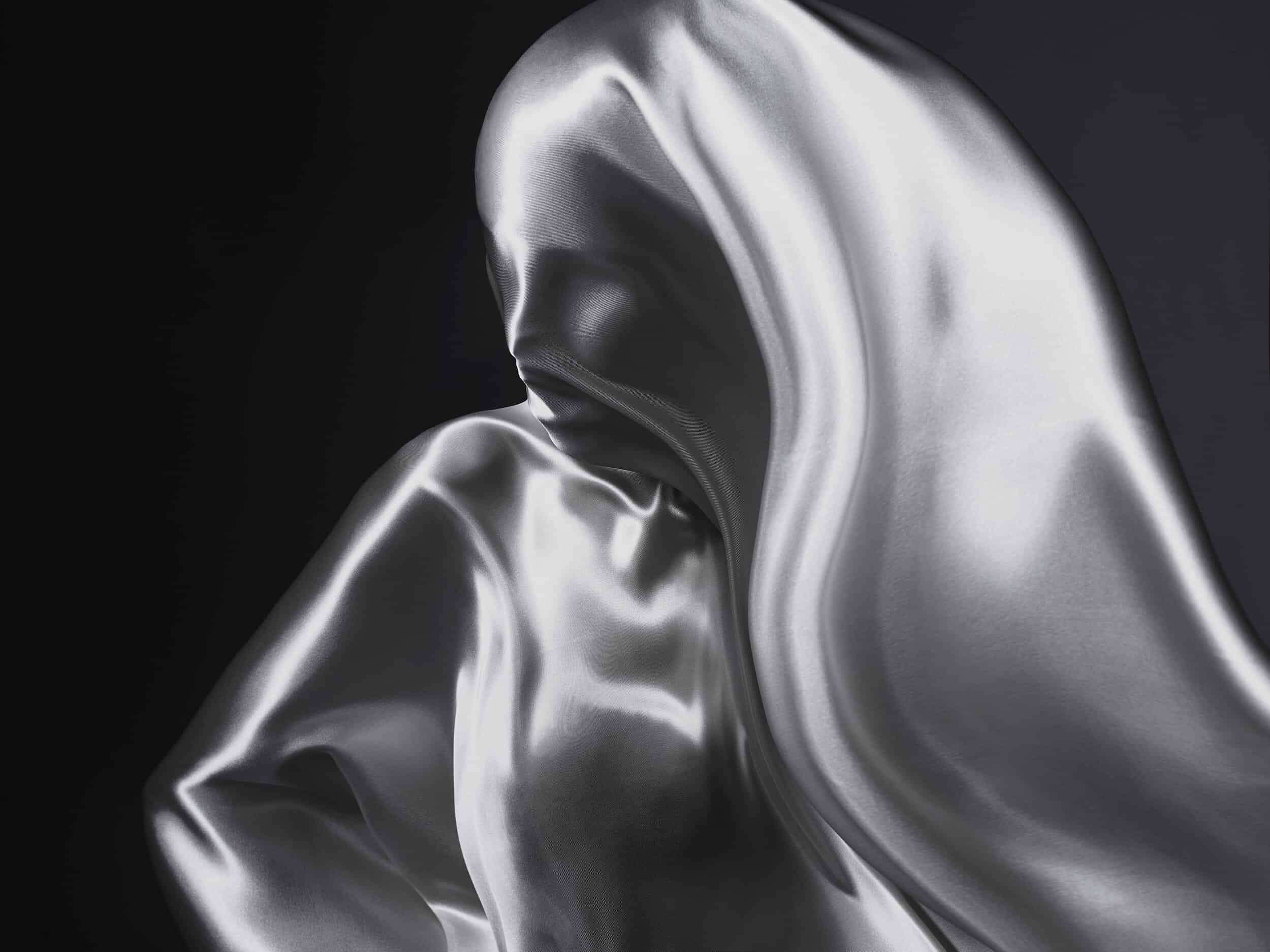
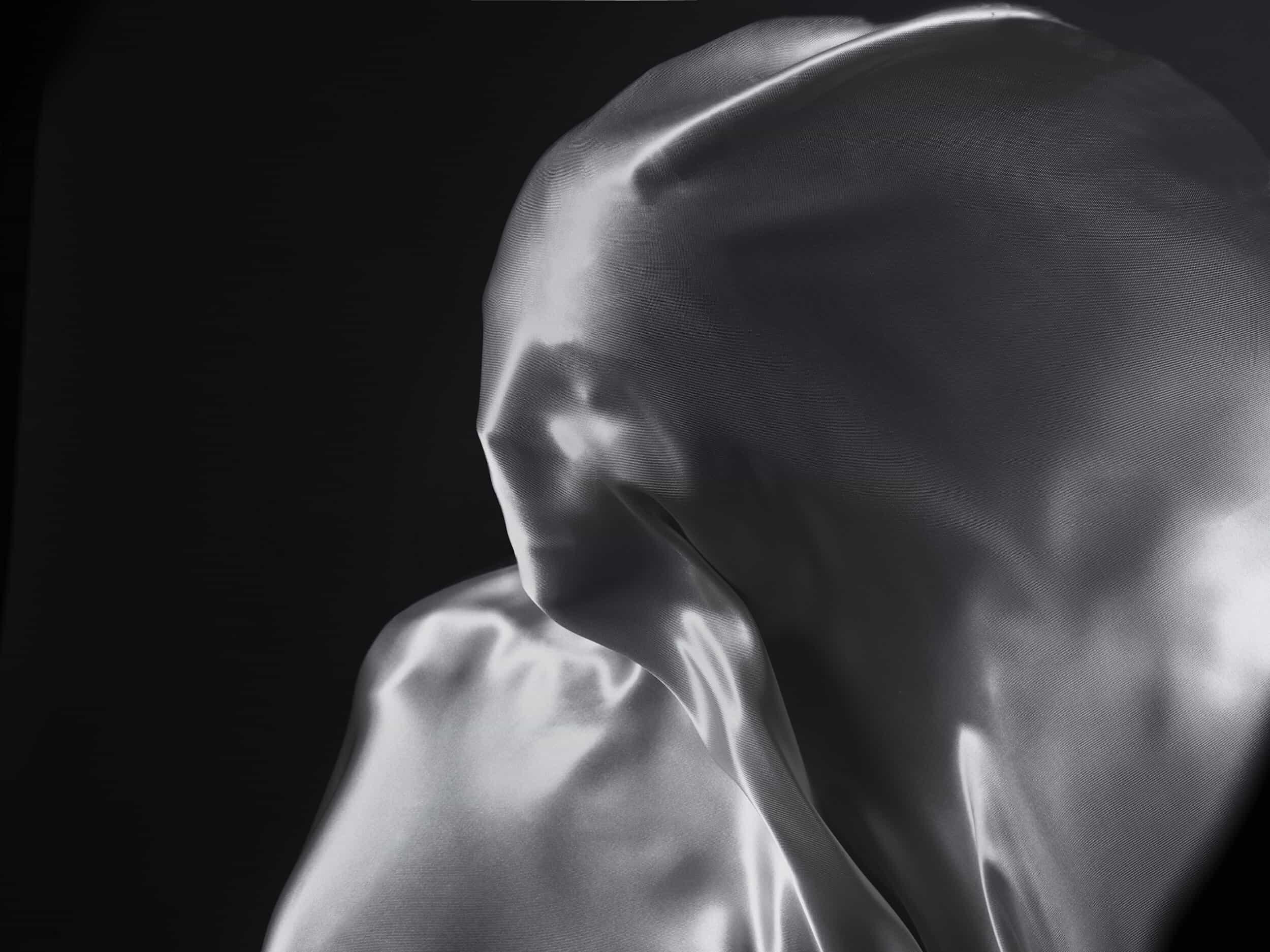
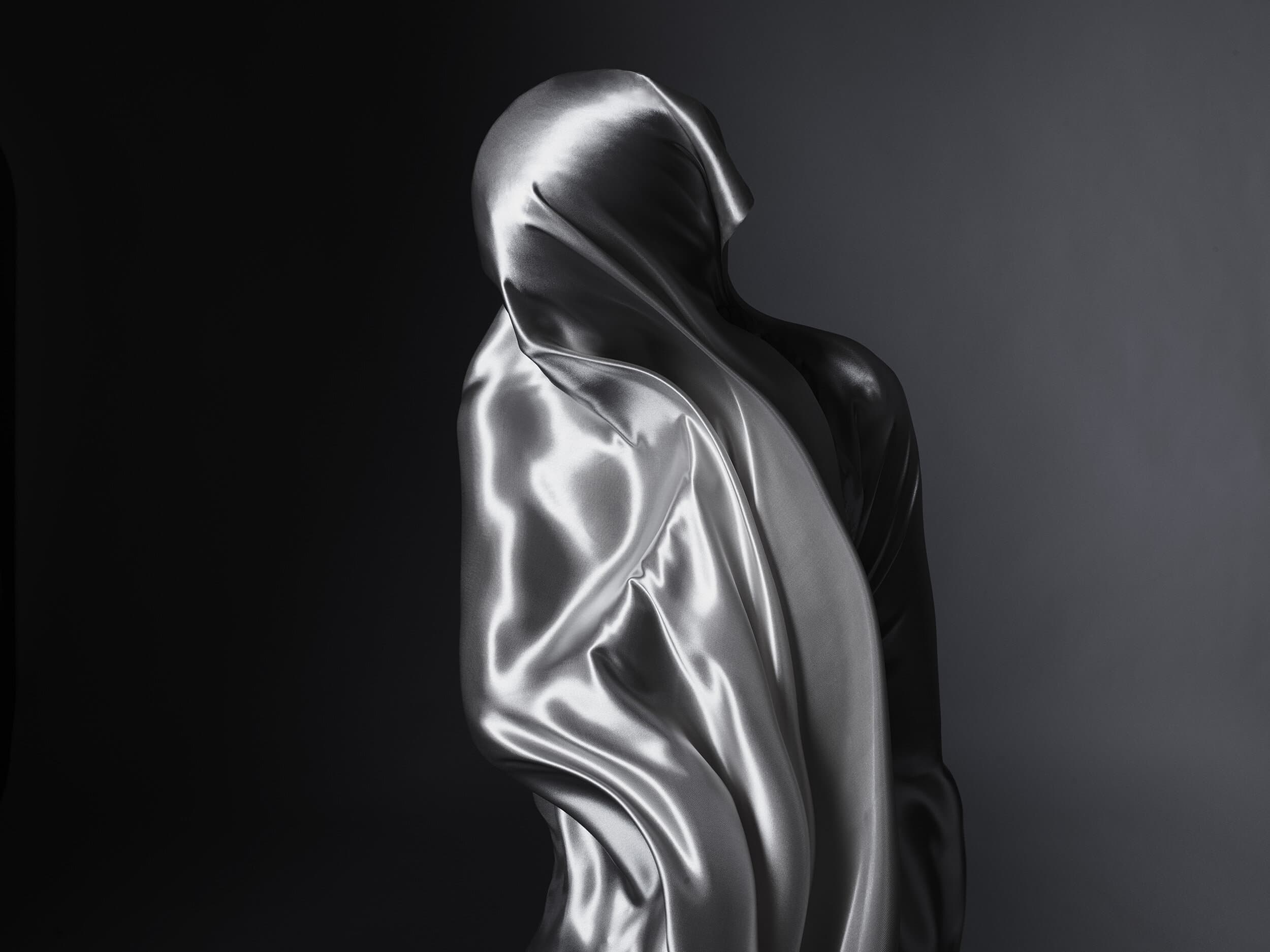
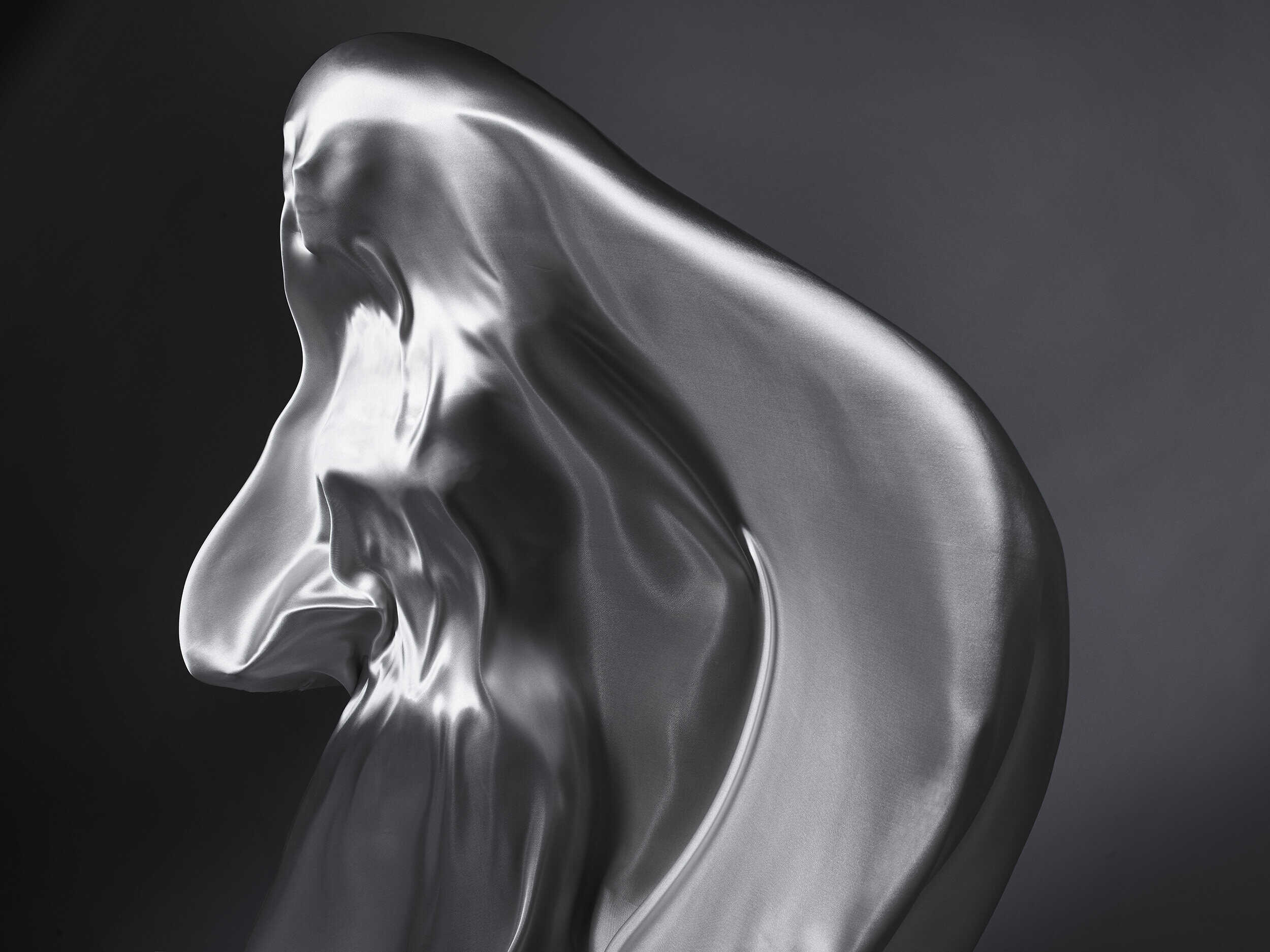
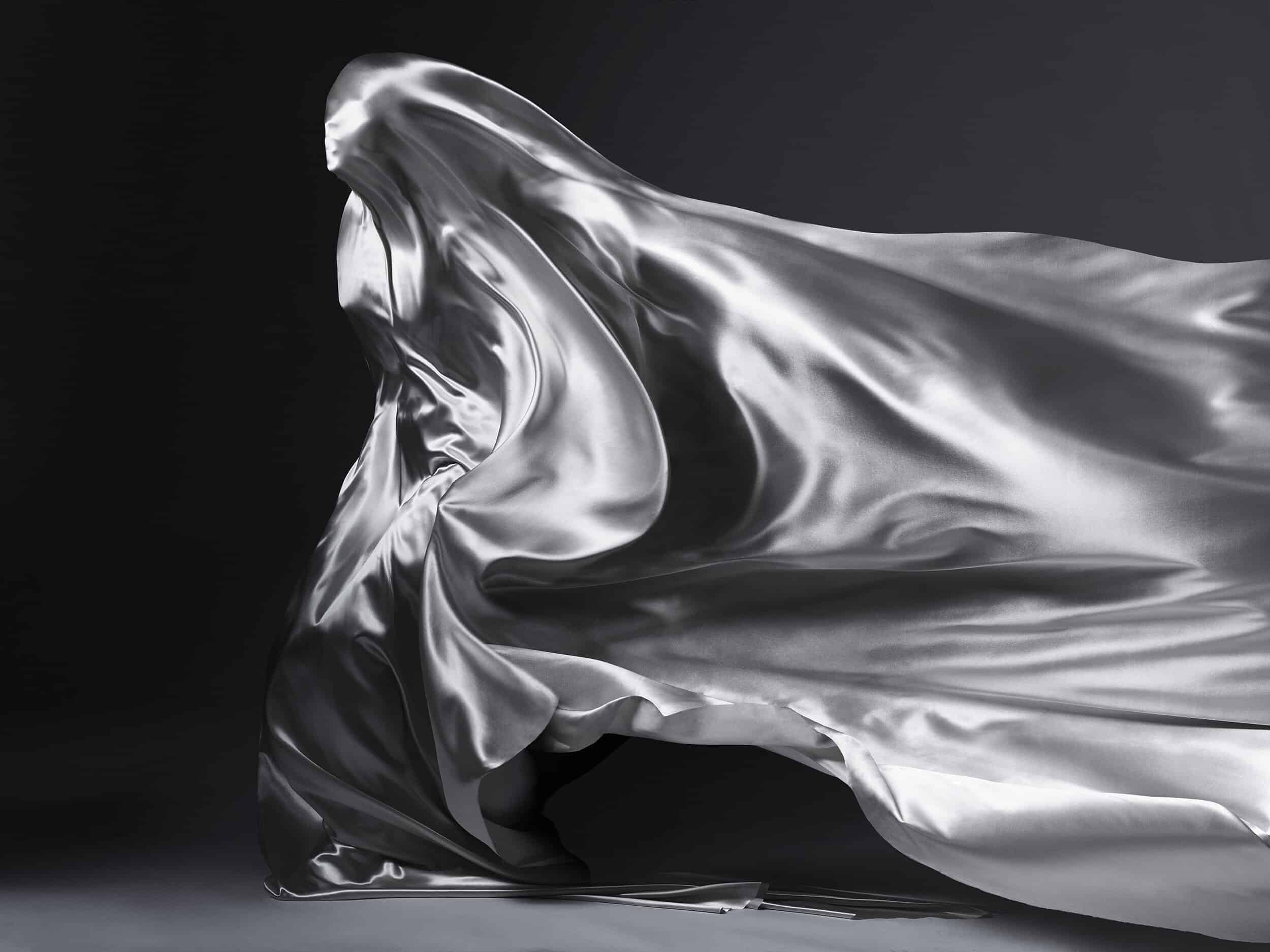
IRK: Your lighting is always so stunning, how do you approach lighting each subject?
Robert Ascroft: My approach to lighting is an ever evolving dynamic that has helped me stand out from the other photographers working in my circle. I use a cinematic and dramatic lighting style that still maintains the beauty of the subject. I am easily bored, especially when it comes to seeing how lazy people can be behind the camera. It is very easy to buy a nice strobe kit and take a well exposed photograph. It is not easy at all to use these same tools and evoke an emotional response. I am trying on every shoot to challenge my own sense of how interesting I can make the lighting. It’s never ending and that is the fun part for me.
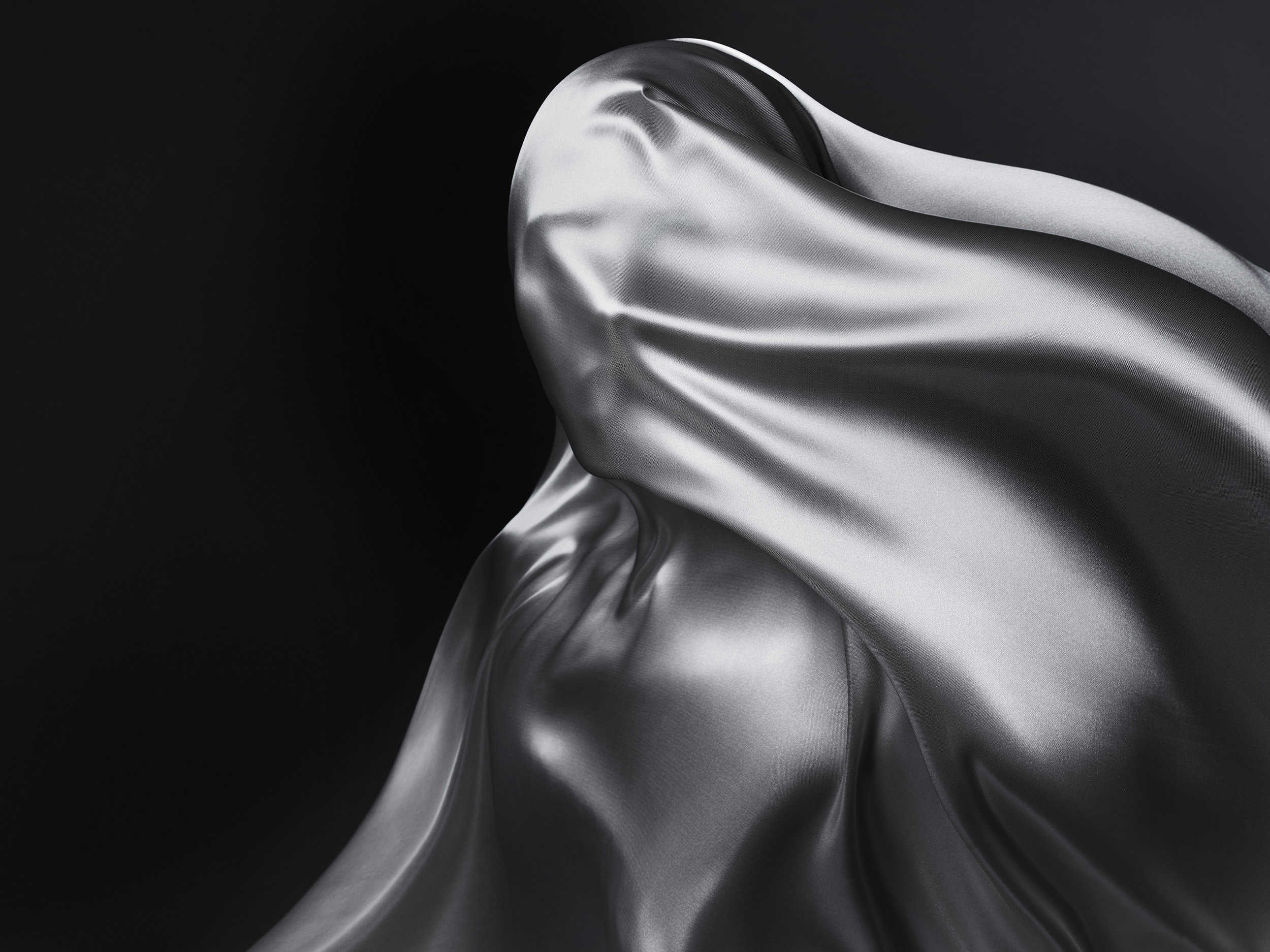
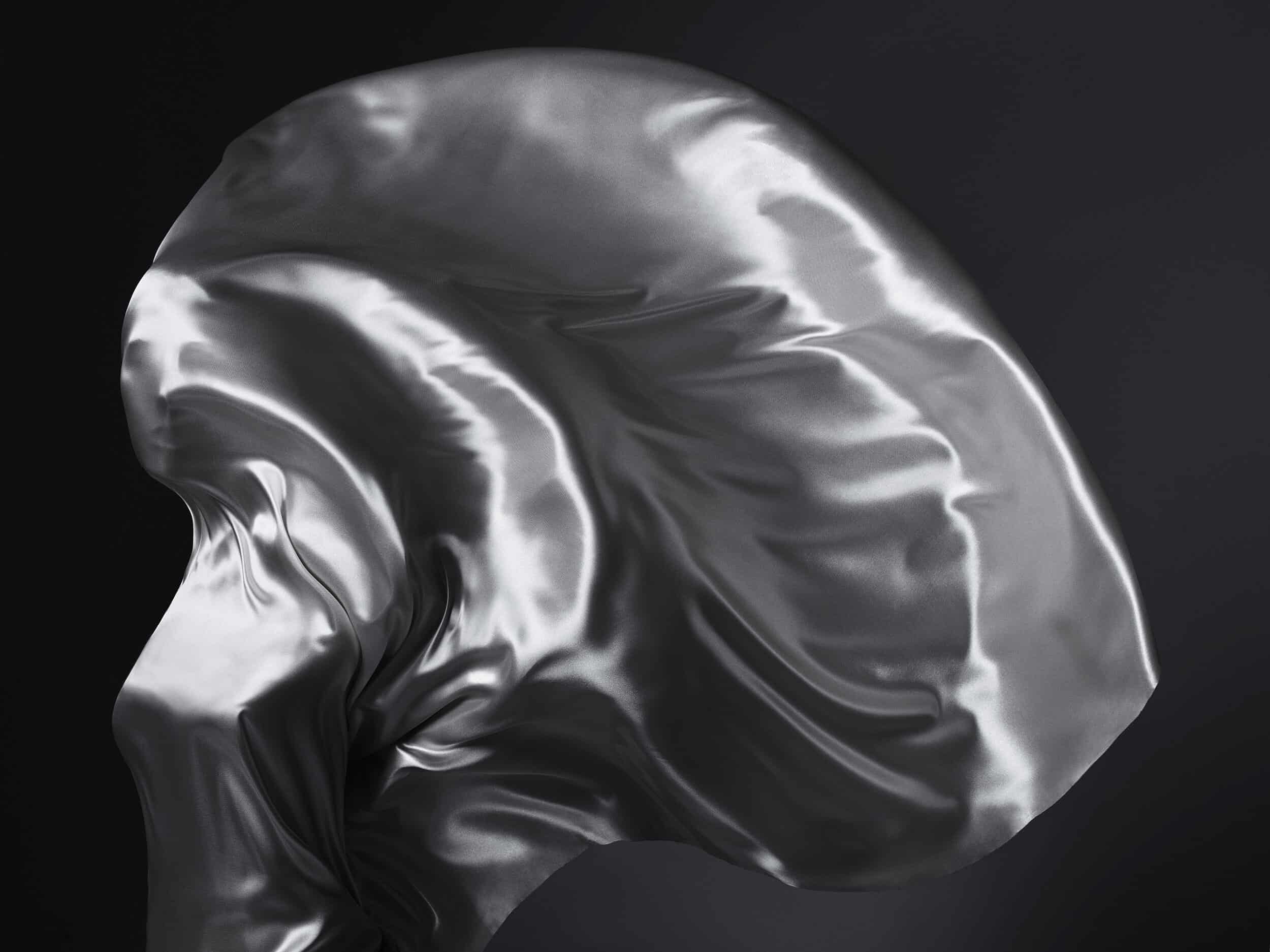
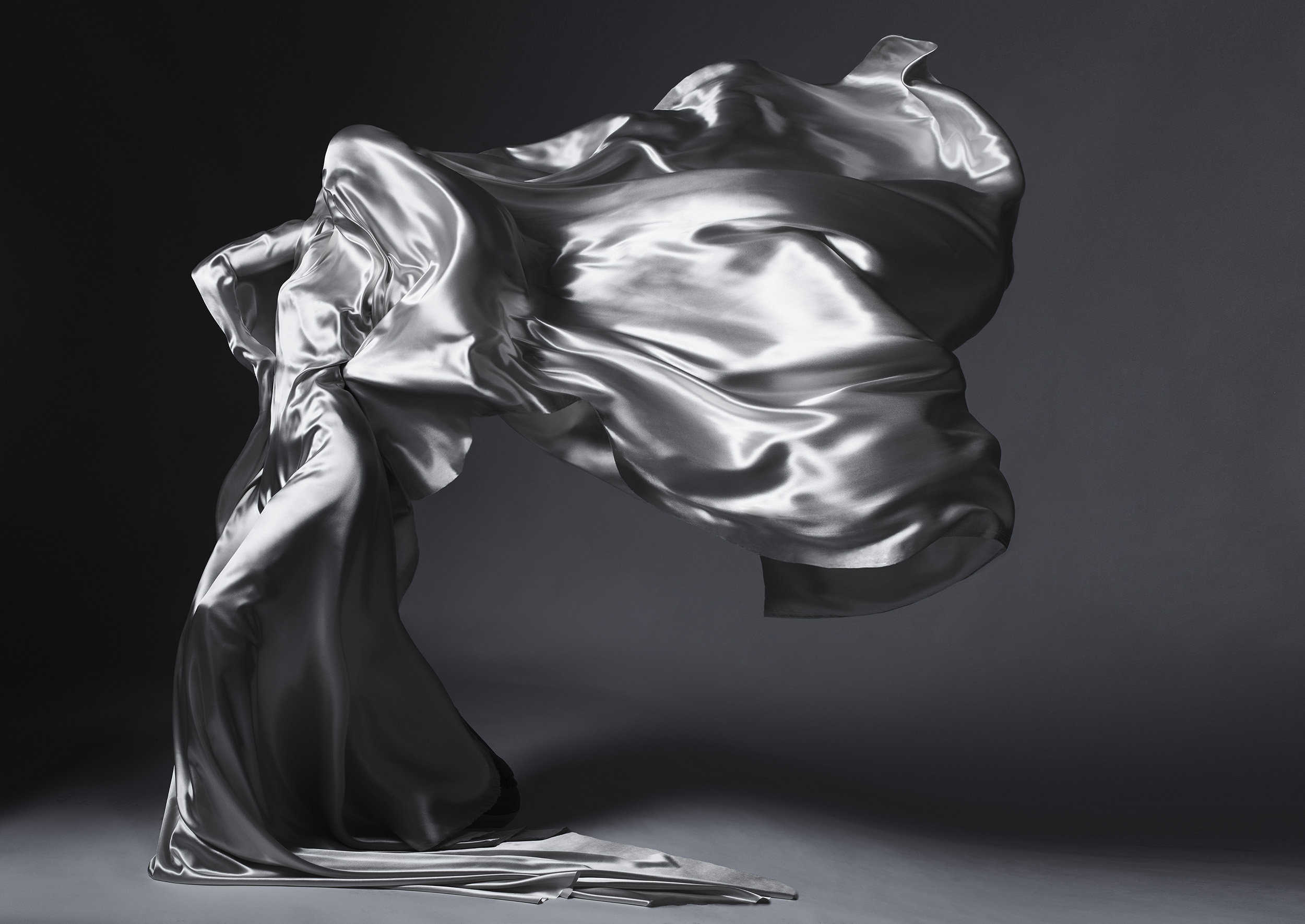
IRK: What was your hardest shoot ever?
Robert Ascroft: My work presents many challenges and most of the real challenges are with logistics in trying to get celebrities schedules nailed down. The difficult shoots have been with subjects I will not name, but have all had their own struggles, such as addition or just plain narcissism. Sometimes the handlers are more difficult than the subject, which is not serving the main objective, that would be creating memorable imagery for the client. In these instances, I have to just keep to my vision and push through to make the work I know is going to be the best. I always say there are no small shoots only small minded thinking. If you think big, you can create something magical in only a few minutes as long as you have prepared for every scenario.
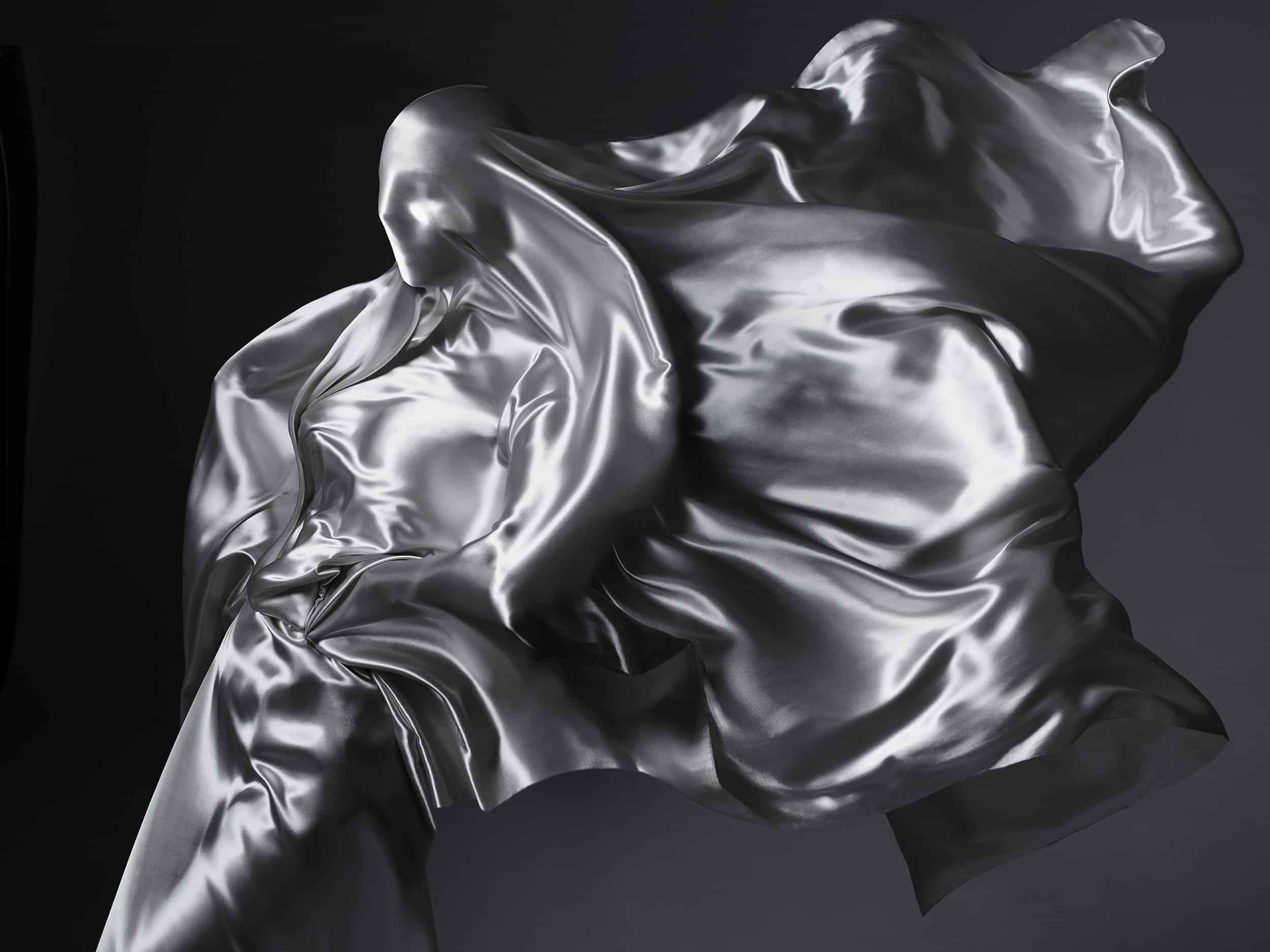
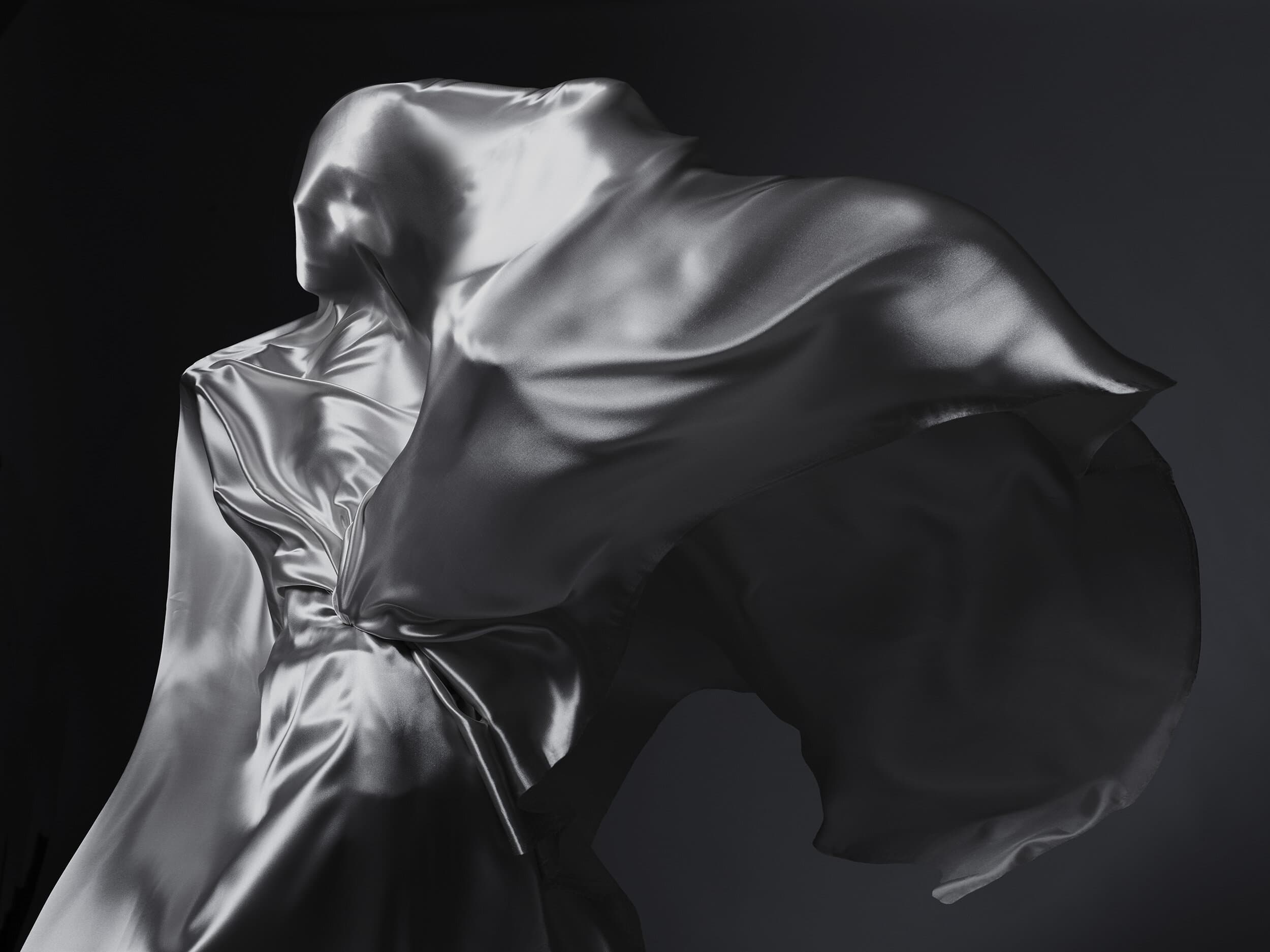
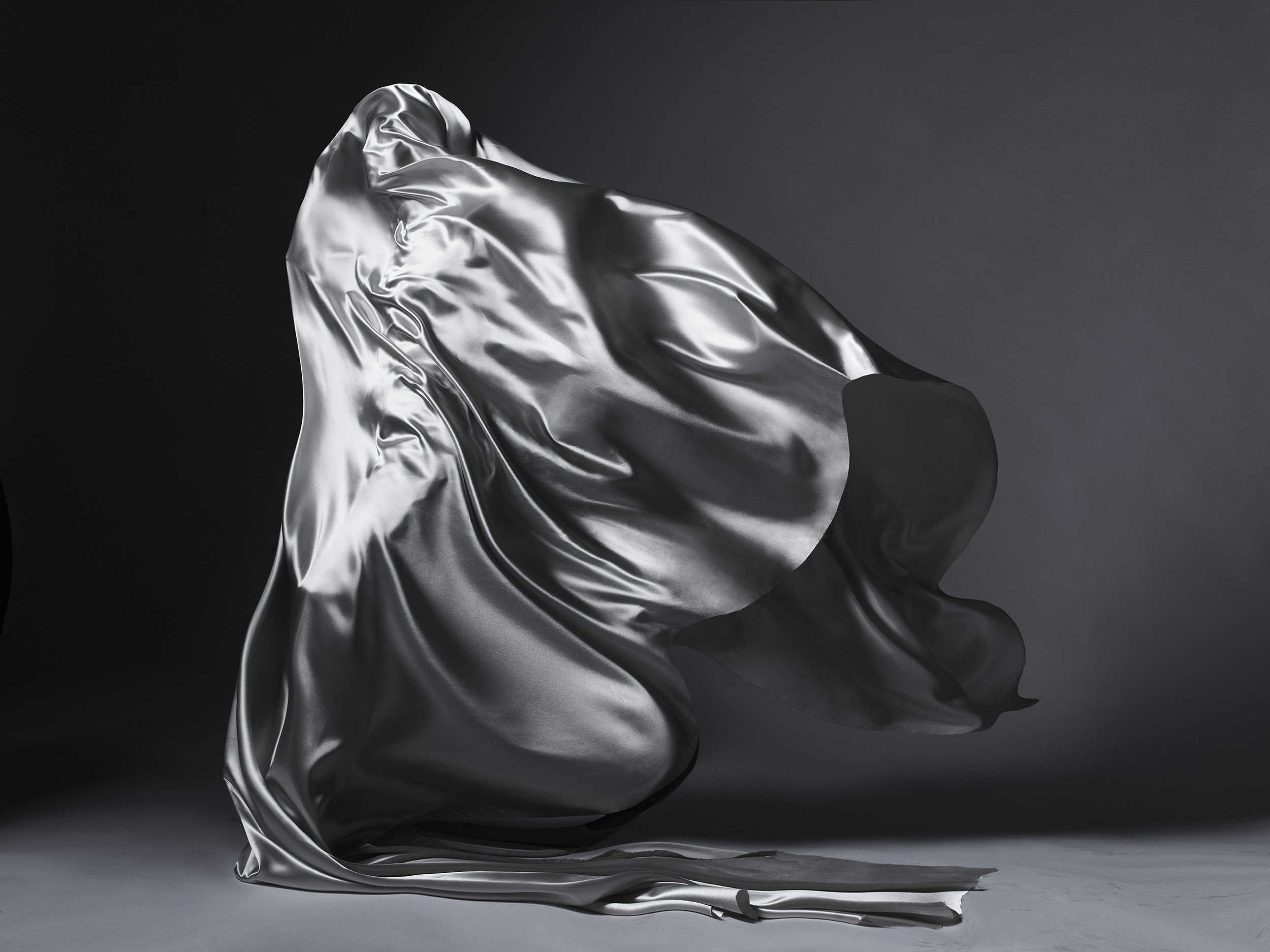
IRK: Your favorite cover?
Robert Ascroft: The Rolling Stone cover of Ethan Hawke. I love working with him and it was a moment where all the elements came together on a New York City rooftop. I have had a lot of covers in my career and generally, I think that covers are not the most interesting images. With the demise of magazines, culturally one would think that there would be a push to do more and more notable work for the cover, but sadly this is not the case.
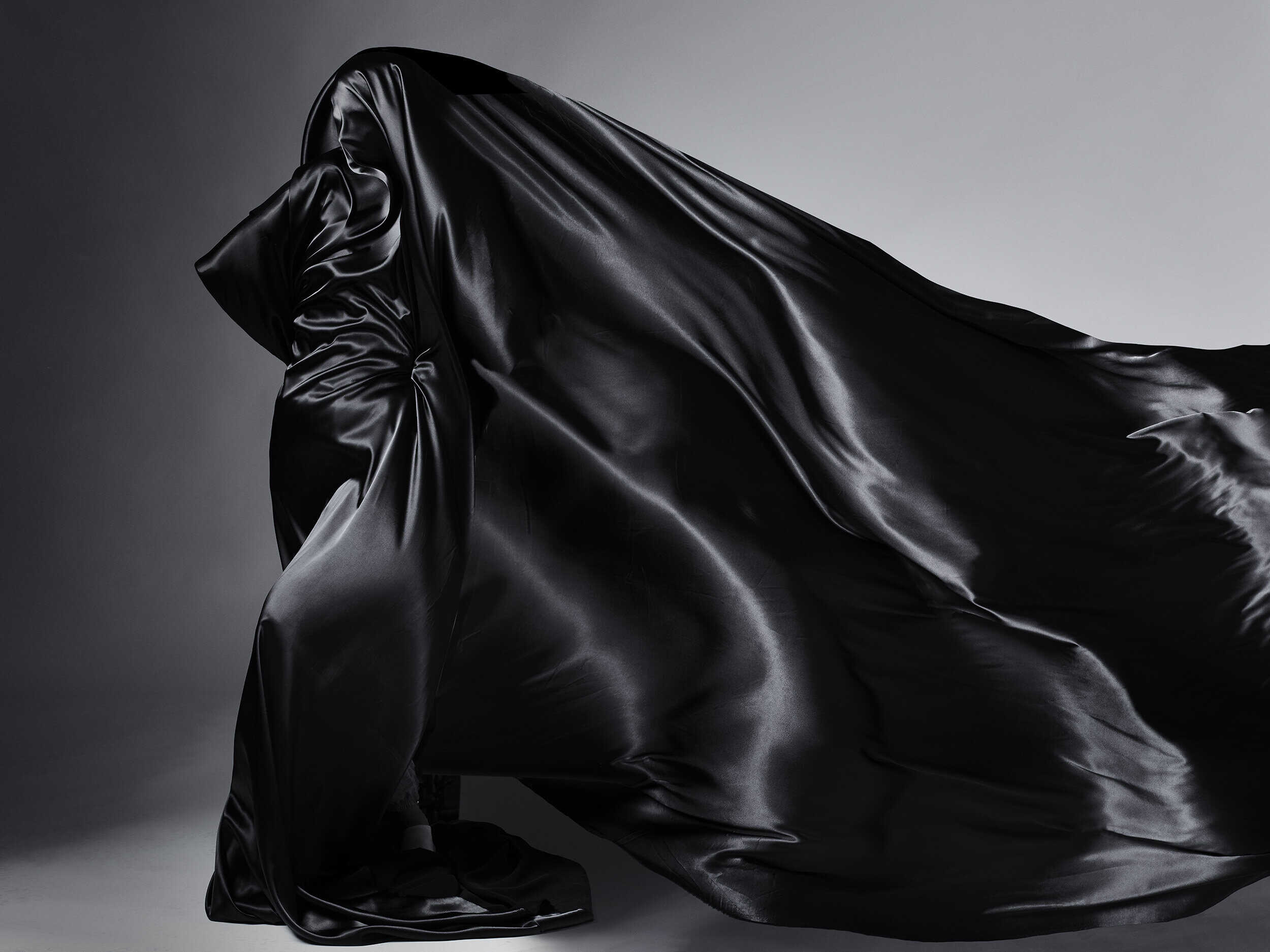
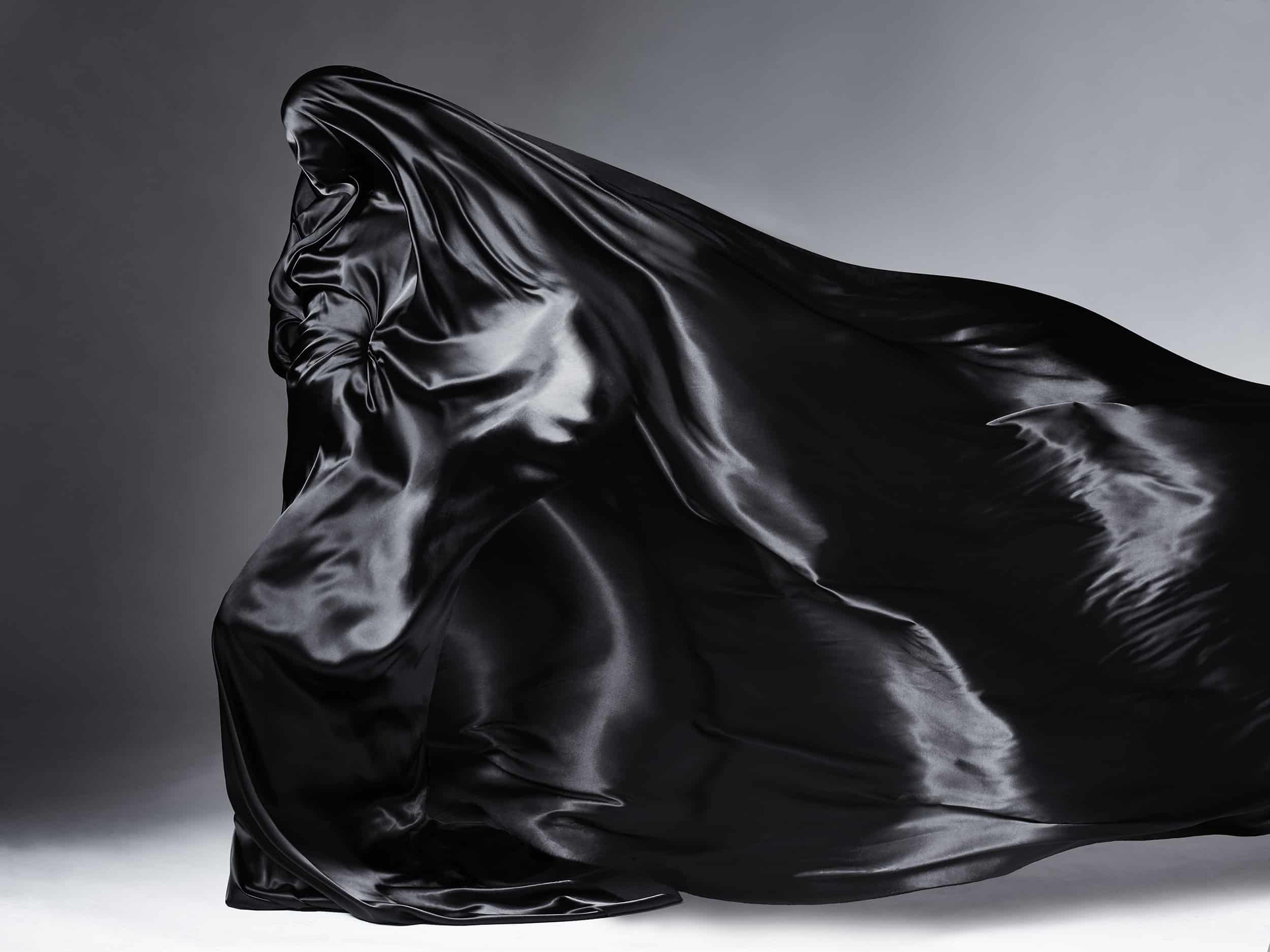
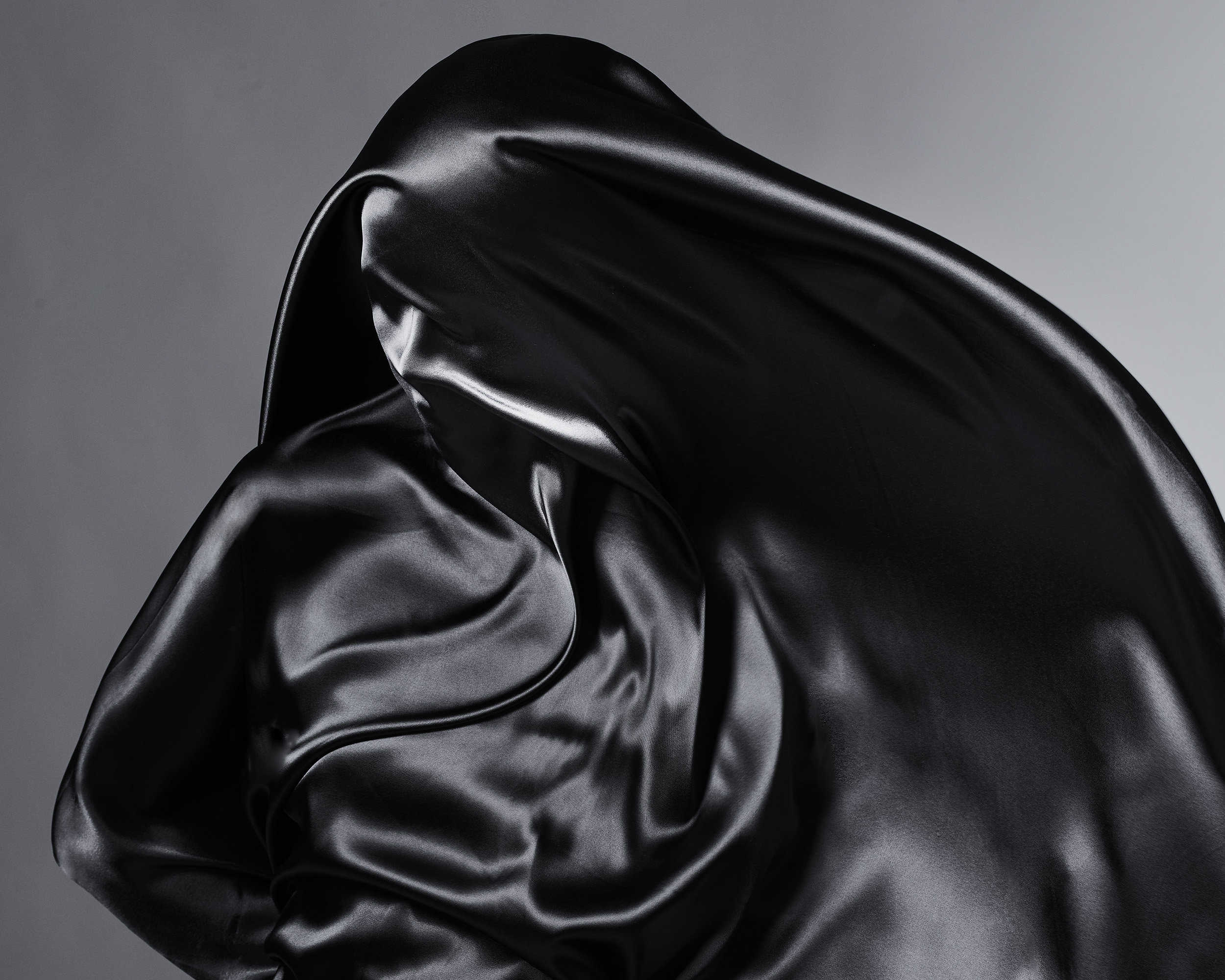
IRK: 3 photographers that inspire you the most?
Robert Ascroft: Guy Bourdain for his cinematic vision, Imogen Cunningham for her use of light to create unique perspectives, and Irving Penn for his portraiture.
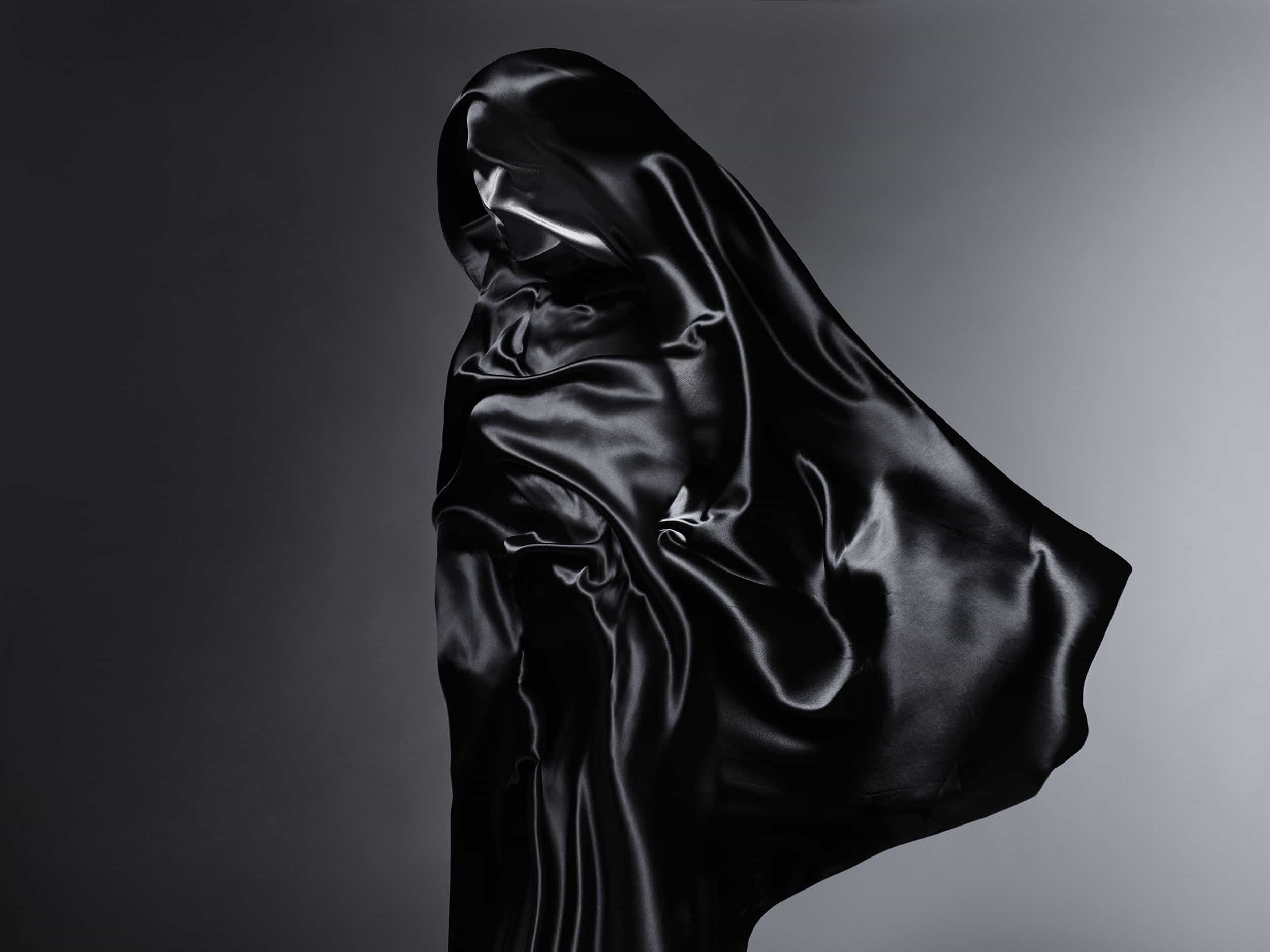
IRK: Name a few musicians that inspire you?
Robert Ascroft: David Bowie for his artistry and ability to reinvent himself during new chapters of his career. Always staying true to the creative process regardless. Nick Cave for his darkness and cinematic imagery created through words and composition. Spiritualized for their ability to bring orchestral, choir and rock guitar into the same stage with ease.
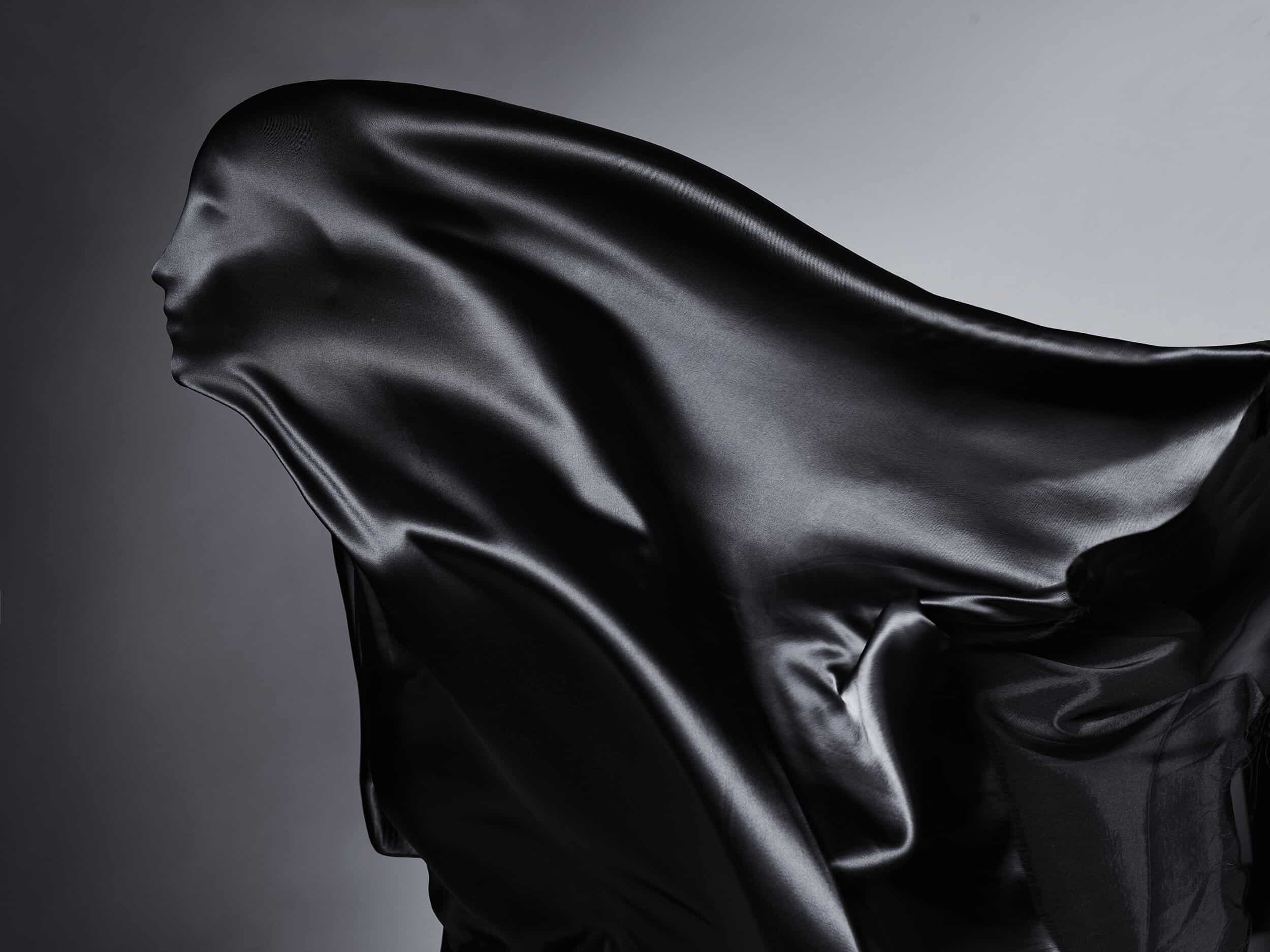
IRK: 3 artists that inspire you?
Robert Ascroft: Matthew Barney – I am still in awe of his exhibit ‘The Cremester Cycle’, which I went to see several times during its time at the Guggenheim. Louise Bourgois – MOMA had a show a few years back ‘The Unfolding Portrait’ that I was inspired by. Her drawings particularly were of interest to me. Brancusi – Sculpture and form are such a part of my style as a photographer. I love to see how he treats these elements in his work.
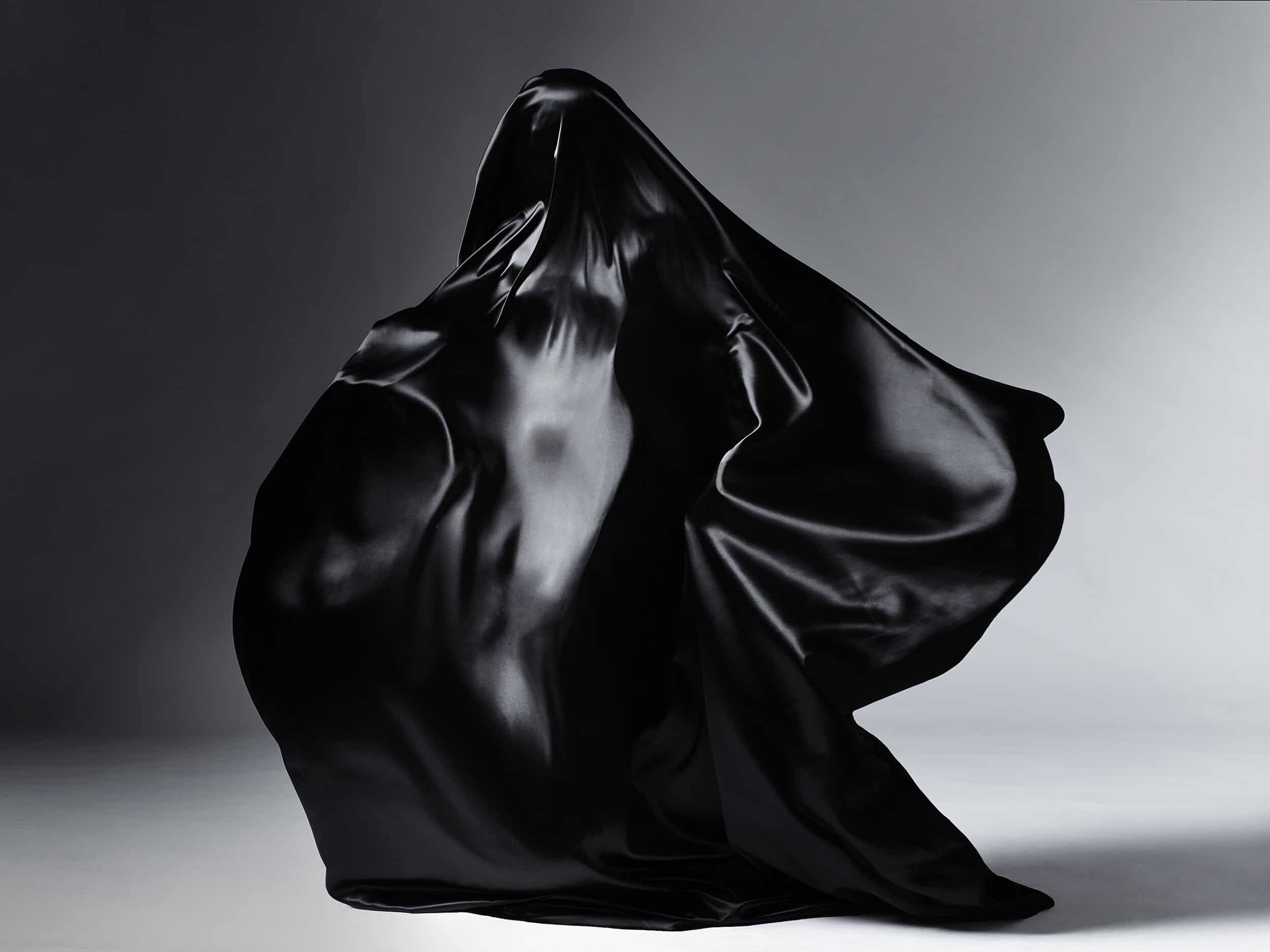
IRK: Your partner Luz Gallardo is also a photographer that we love, how great is it to have another artist and photographer to immediately bounce ideas off and collaborate with?
Robert Ascroft: My fiancé Luz Gallardo (@shadowtime) is a brilliant photographer and the rock of my world. She is a source of inspiration and knowledge when it comes to many aspects of art…particularly music, which has been her main focus as a photographer. She befriended Hope Sandoval of MAZZY STAR at a young age and has become the sole photographer for her solo work, as well as with the band over the last 20 years. That opened a lot of doors for her to become one of the most sought after photographers in the music business. Her approach to a shoot is always refreshing for me to see and rarely comes from the same visual style as my work. We are both informed by similar aesthetics, yet somehow if we both had the same assignment you would get a very different type of image from one another.
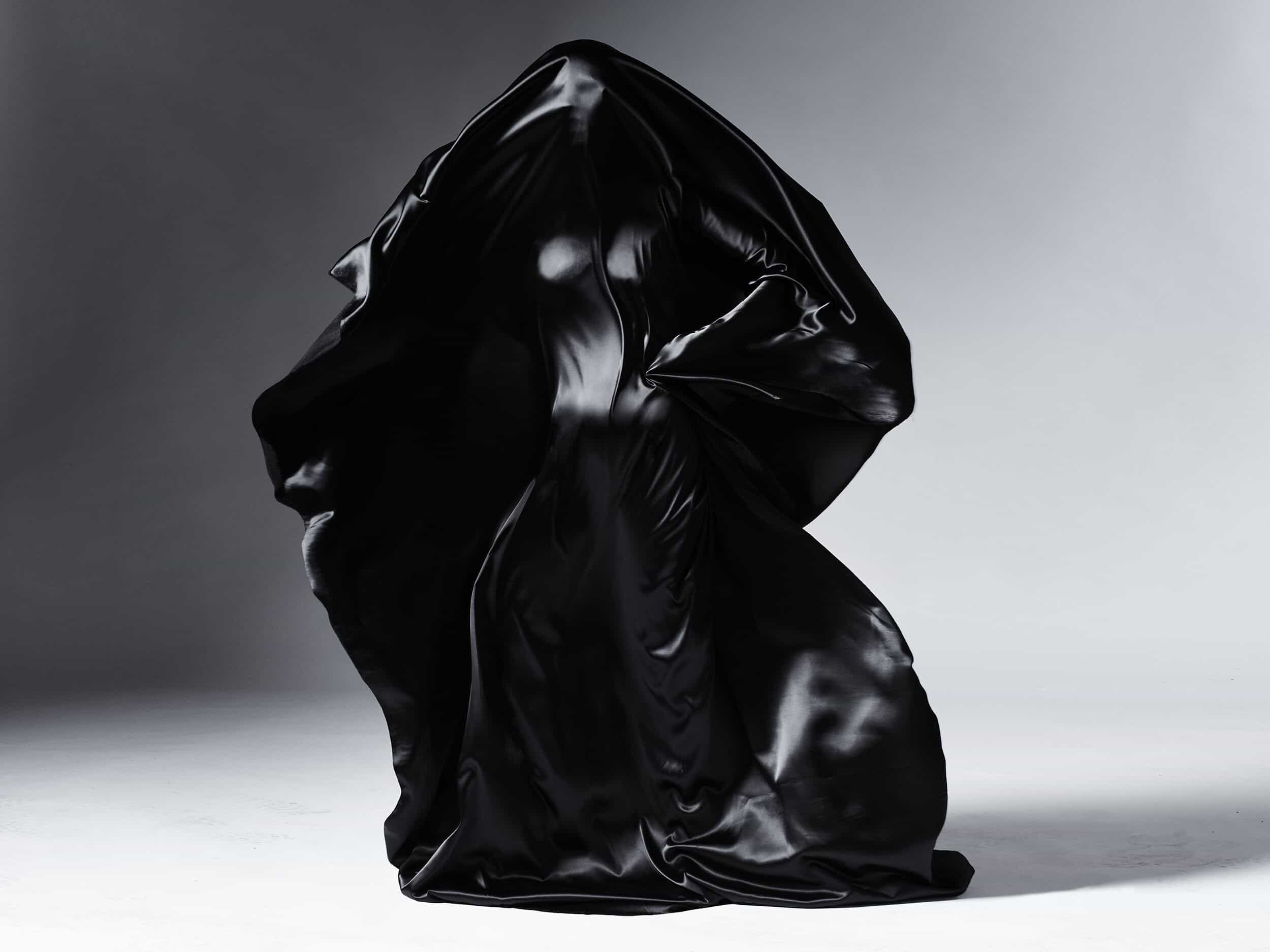
IRK: What are 5 things all aspiring photographers need to know?
Robert Ascroft: First and foremost is shoot. It sounds simple, but I know a lot of people who want to be a photographer, but they are not creating images. Second, is have a vision. There are so many photographers in the world now and you will never be noticed unless you do something above and beyond what others are doing. Third, is you must have another source of income. Unless you have a trust fund, you will need a way to support yourself. There are only a small percentage of photographers working today who can live only off their earnings as a photographer. Don’t only do assigned work as you will never grow in your art that way. Fourth, is be kind to people. You never know who will end up where and if you want to survive, you have to build relationships and maintain them. Fifth, is to transcend and carry on. You will hit obstacles that will seem insurmountable, but I assure you if you keep at it there will be successes along the way.
Share this post
Cannon is our Editor-At-Large since August 2016. He grew up in New York City and was influenced at an early age by rock and fashion. He is an award-winning celebrity stylist, fashion editor and creative director who has styled many of his favorite musicians including Annie Lennox, Cyndi Lauper, Jimmy Page and Shirley Manson. His wit, charisma, and style have made him a trusted and sought-after stylist by Hollywood legends such as Liza Minnelli, Willem Dafoe, Dennis Hopper, and Glenn Close.
Cannon has also worked with some of today's hottest celebrities, including Diane Kruger, Angelina Jolie, Matt Damon, Penn Badgley and Kellan Lutz. He was the first stylist to get Barbra Walters into a pair of jeans for a photo shoot, and had the opportunity to dress Michael Jackson as the KING OF POP for MTV. In addition, Cannon also founded PLUMA- a luxury costume jewelry collection made exclusively in Italy that was recently featured on the cover of Italian Vogue. As a result of working with great musicians and celebrities, Cannon has contributed to multiple publications including: Rolling Stone, Vogue, Time, Entertainment Weekly, Vanity Fair and W. He has styled large casts for every network including: Lost, Sopranos, The View, Project Runway, Kelly, The Today Show, Top Chef, and The Office. Cannon's expertise in fashion also has lent itself to him being in front of the camera as a style expert, with television appearances on E!, Style, VH1, CBS, NBC, ABC, TLC, and Bravo. Cannon has been an on-air spokesperson for TJ Maxx, Burlington Coat Factory, Chapstick, Pantene, Dove, and Peanuts/Snoopy Worldwide. He has also been profiled in American, German and Japanese publications. In addition, Cannon was instrumental in organizing an inaugural panel discussing fashion and film for MEIFF in which he also served as a participant alongside Jason Wu and Kathryn Neale Shaffer, contributing editor at American Vogue.
Whether it's obtaining real museum pieces for a Discovery Channel commercial or recreating 50 unique culturally observant costumes for the worldwide launch of the National Geographic Channel, Cannon's respect for authenticity and his gift of problem solving has left lasting impressions on everyone he has worked with. Additional commercial work also includes Saks Fifth Avenue, Target, Sony Music, RCA, Bravo Network, Sprint, Bergdorf Goodman, and Neiman Marcus.
Cannon has styled fashion shows for Jason Wu and the Life Ball in Vienna, Austria, starring THE BLONDS, which is the largest AIDS benefit runway show in the world, that year hosted by President Bill Clinton and Eva Longoria. Other fashion shows include Snoopy in Fashion, Joanna Mastrioni to name a few. He has also styled shows for Safilo and their licensed brands, which include Gucci, Christian Dior, Emporio Armani, Ralph Lauren, Dior Homme, Max Mara, Marc Jacobs, Marc by Marc Jacobs, Stella McCartney, Banana Republic, Tommy Hilfiger.
Read Next

